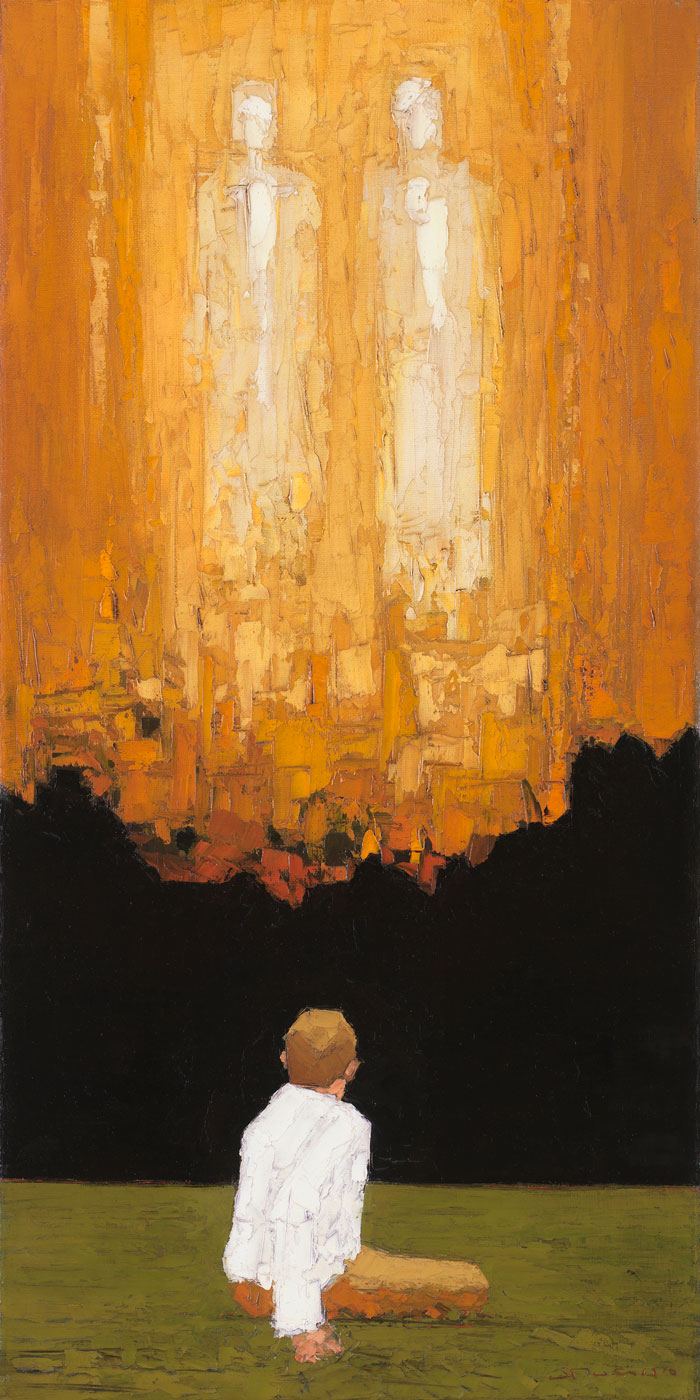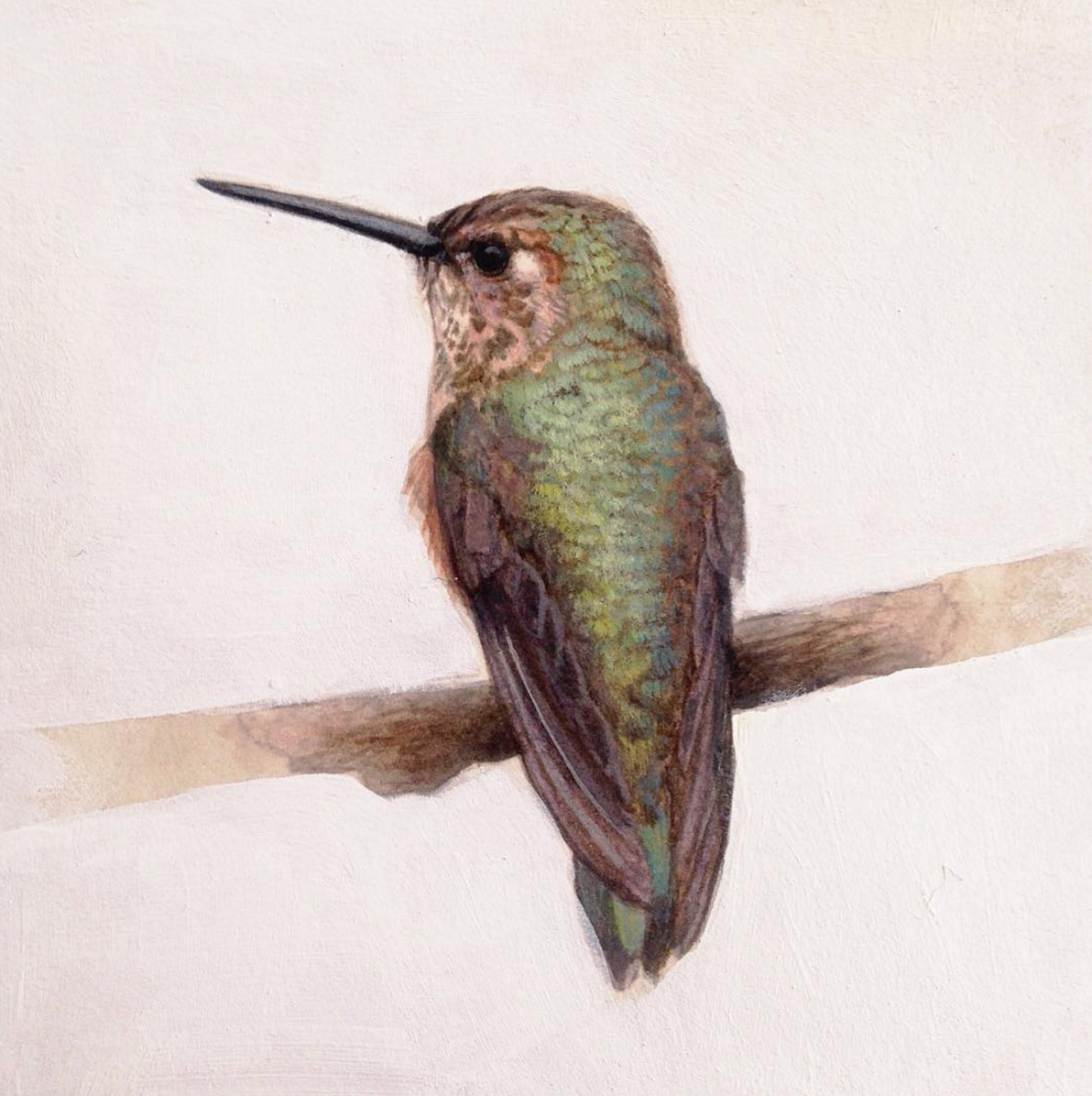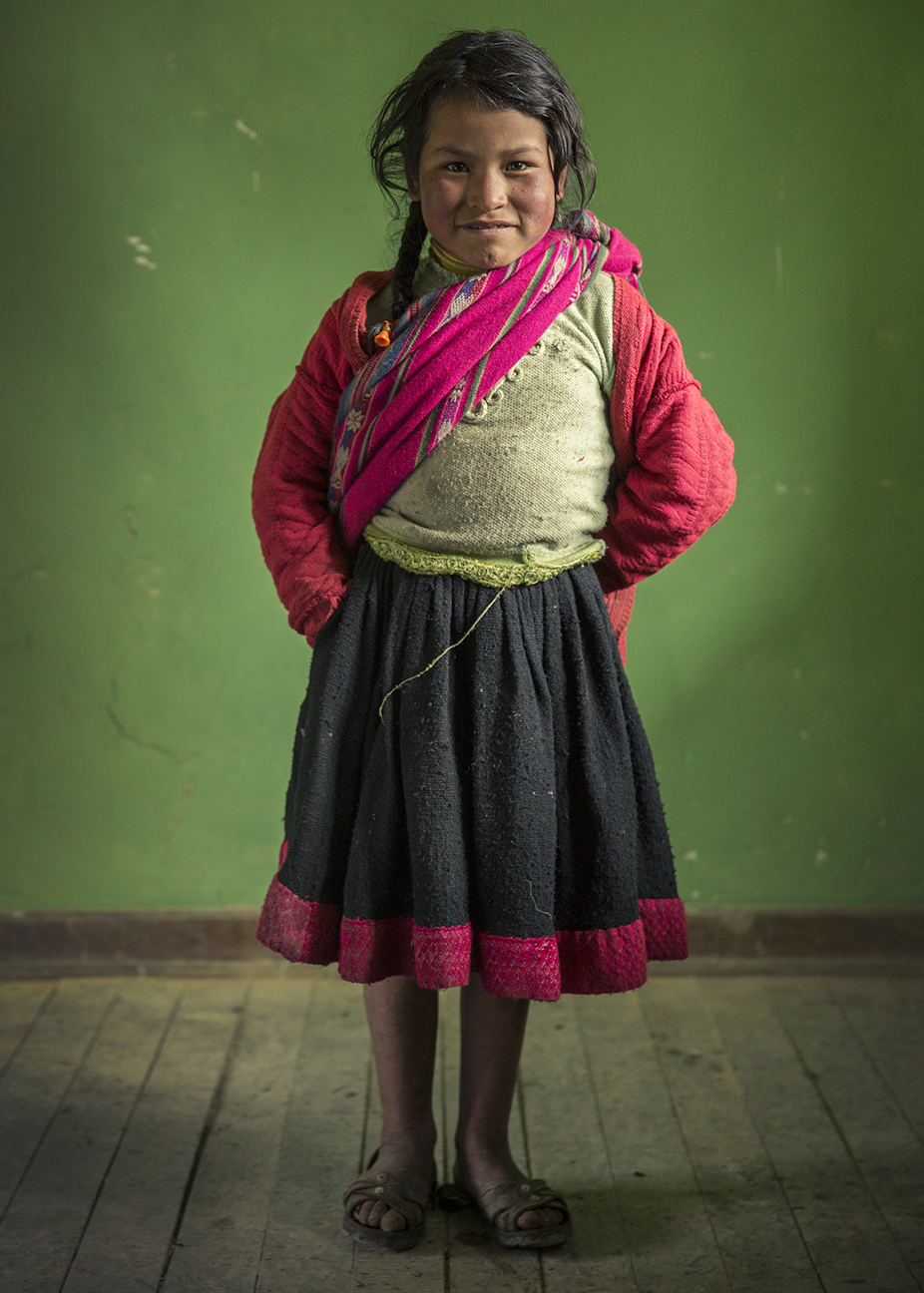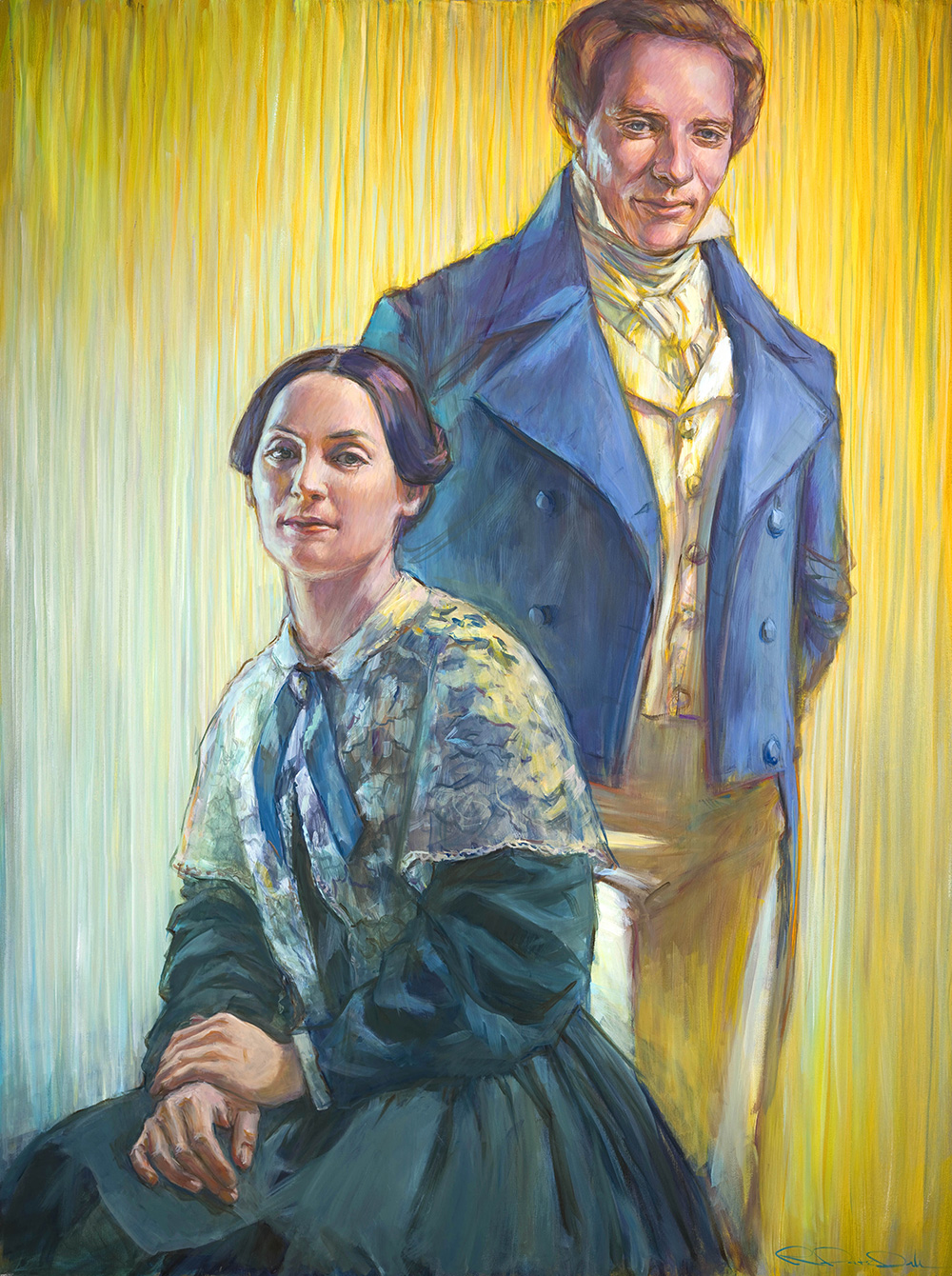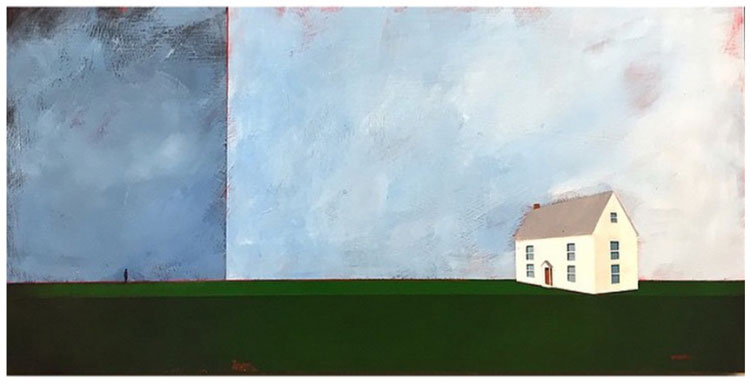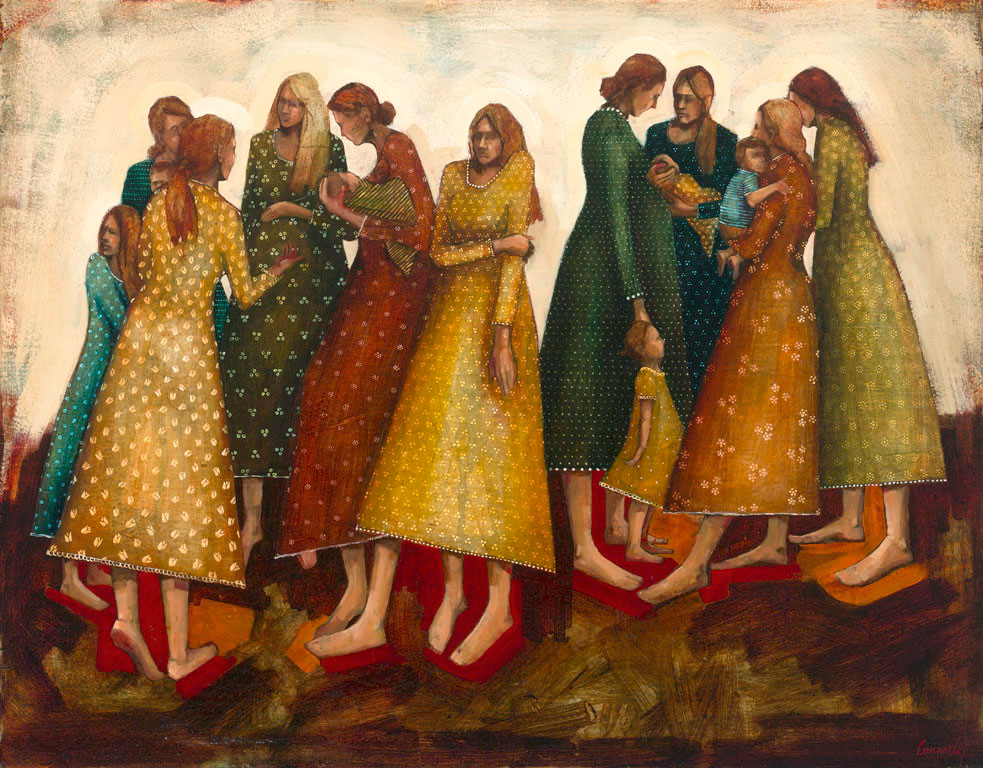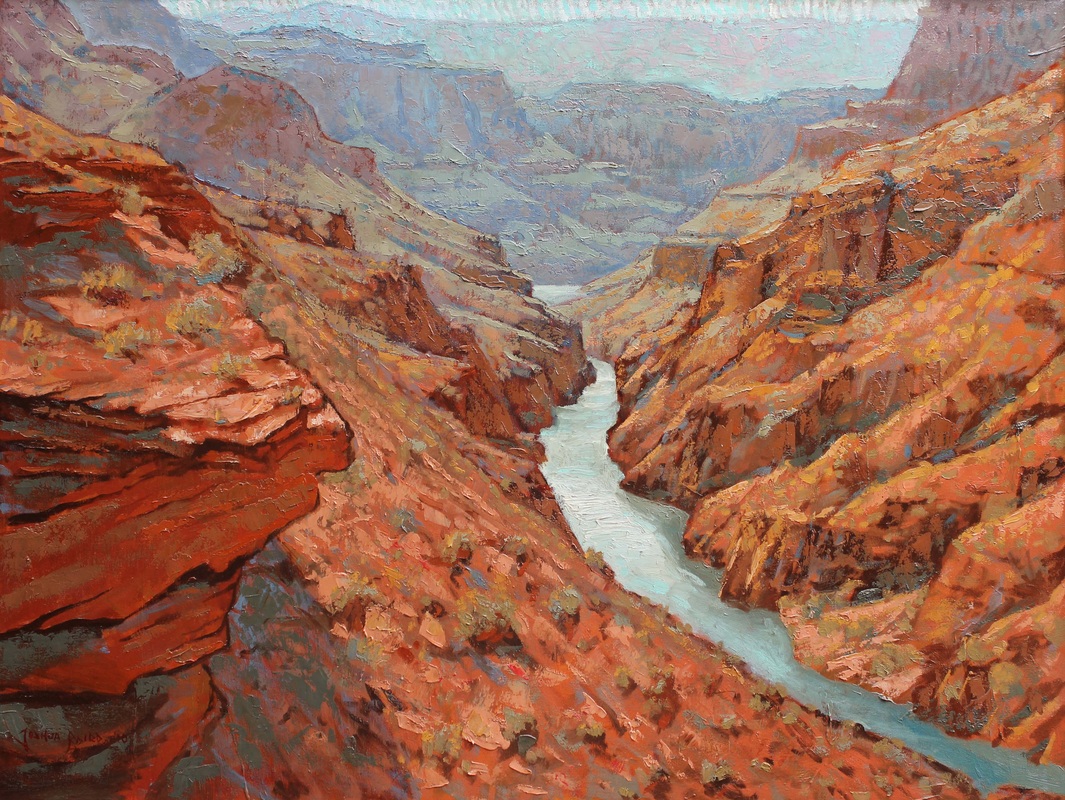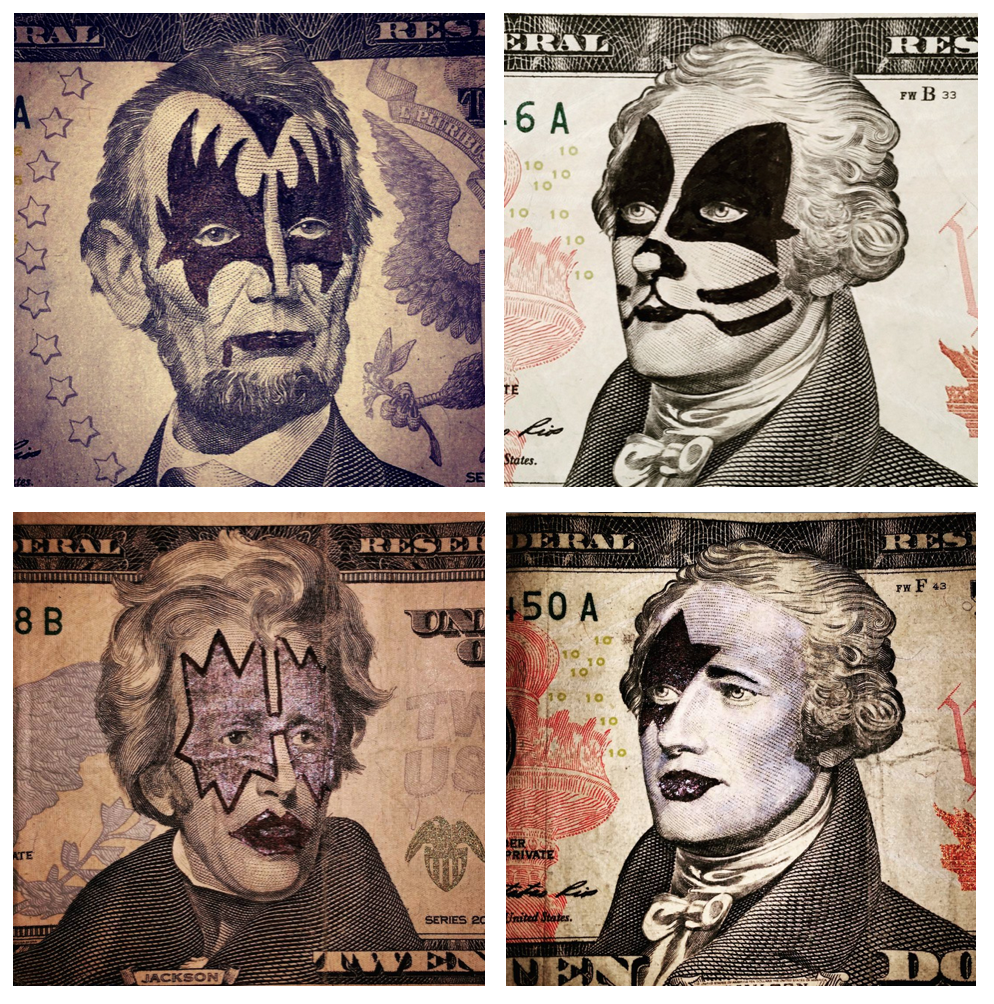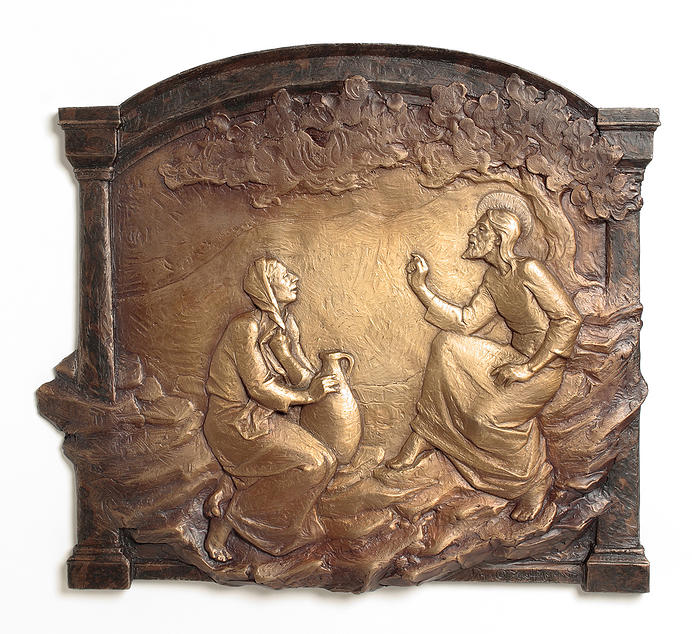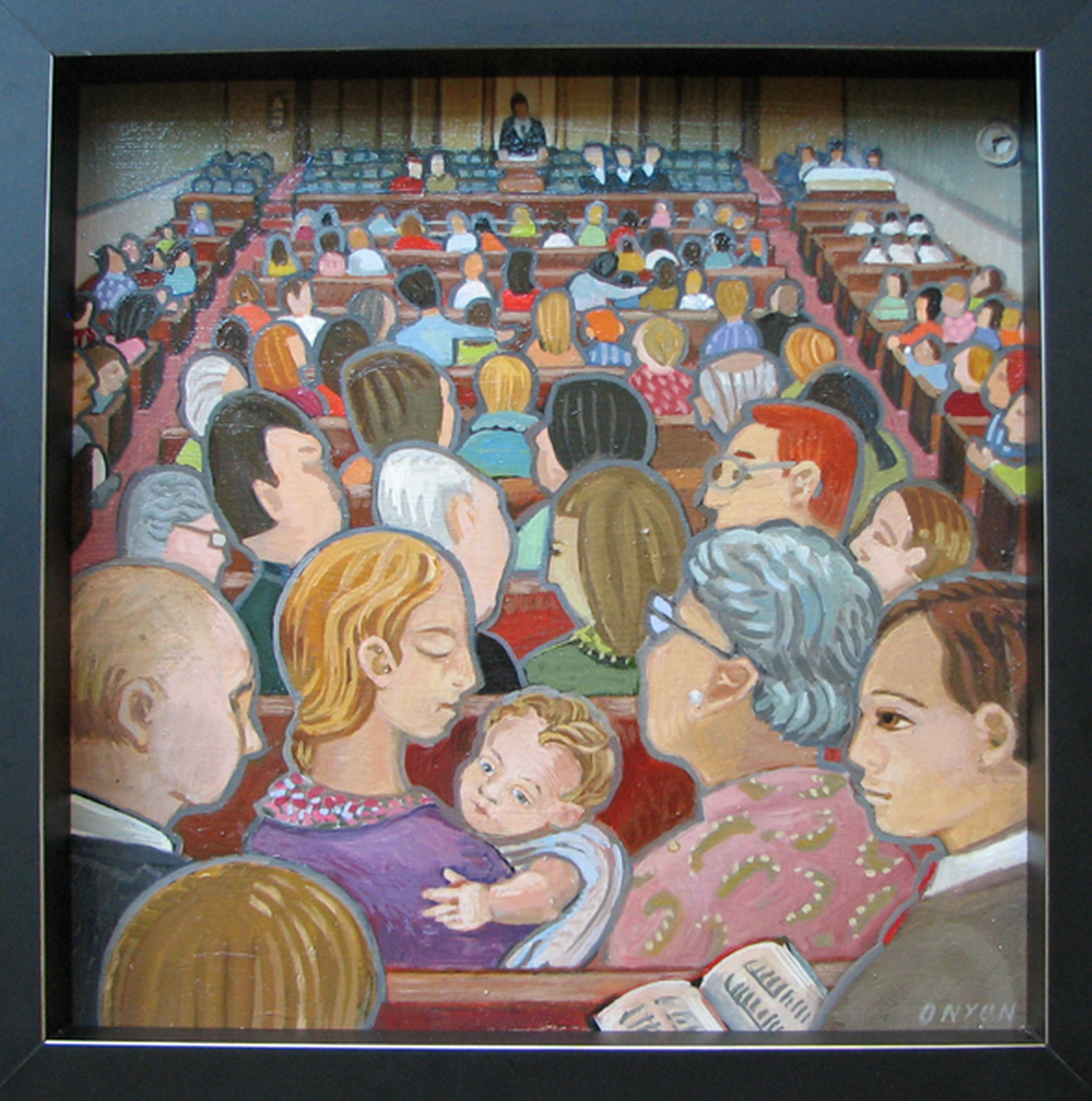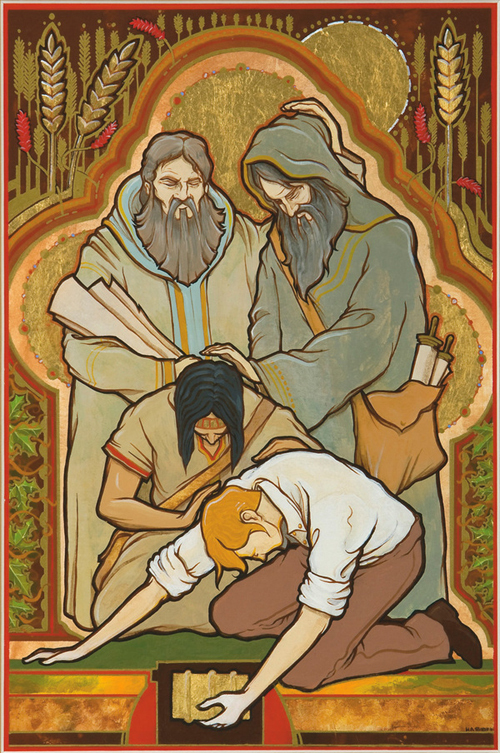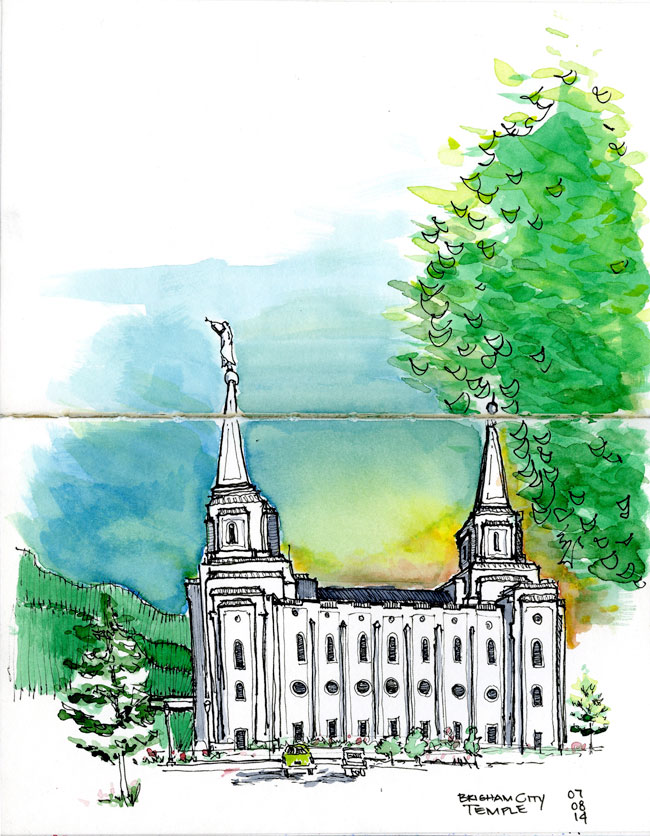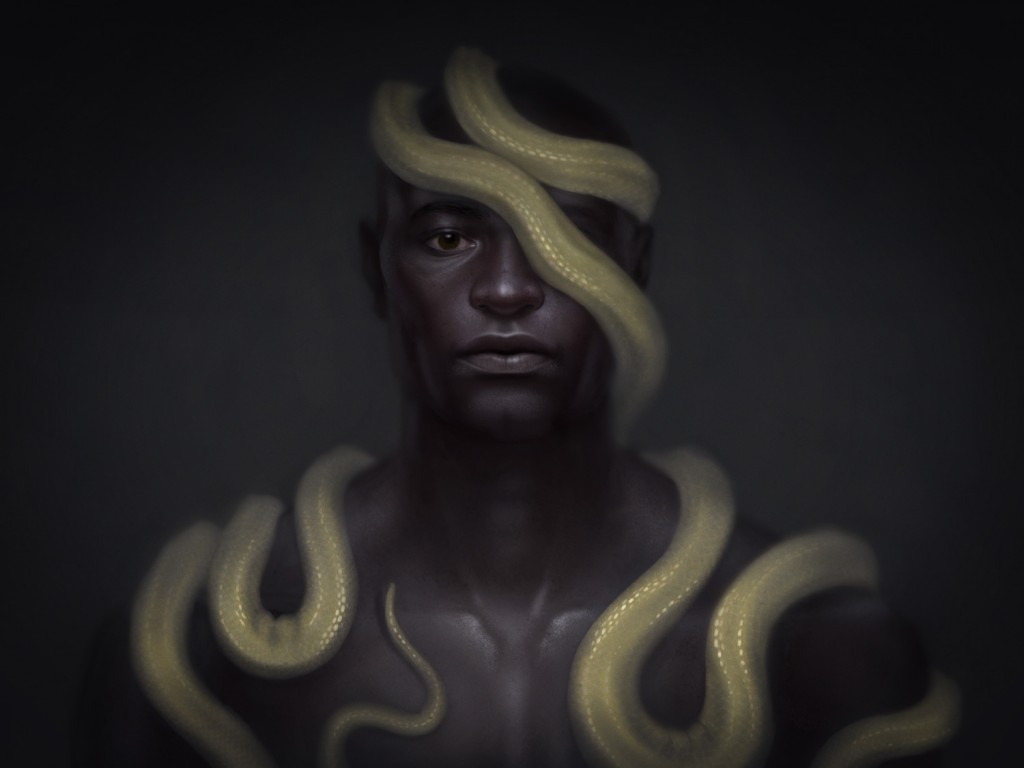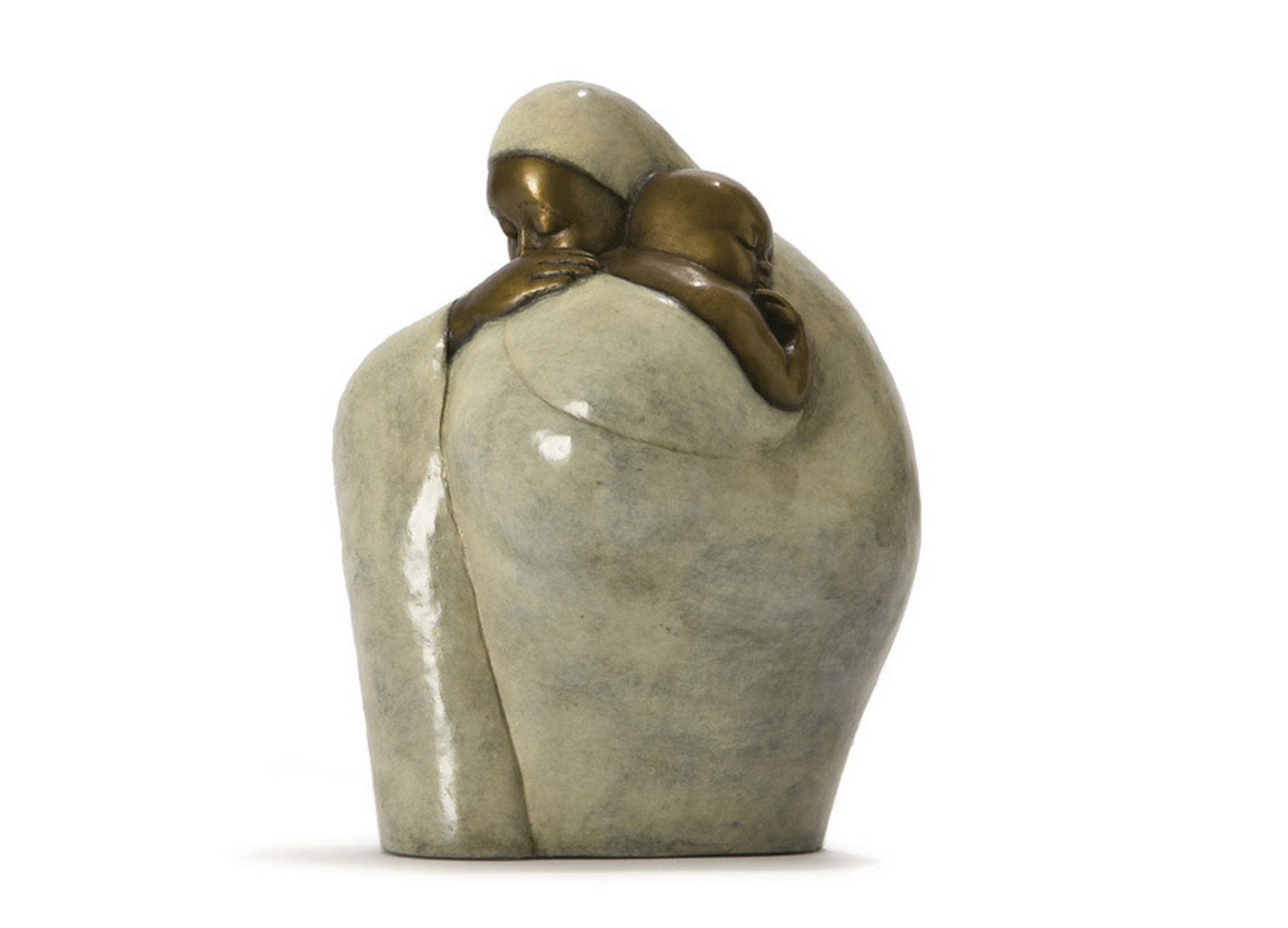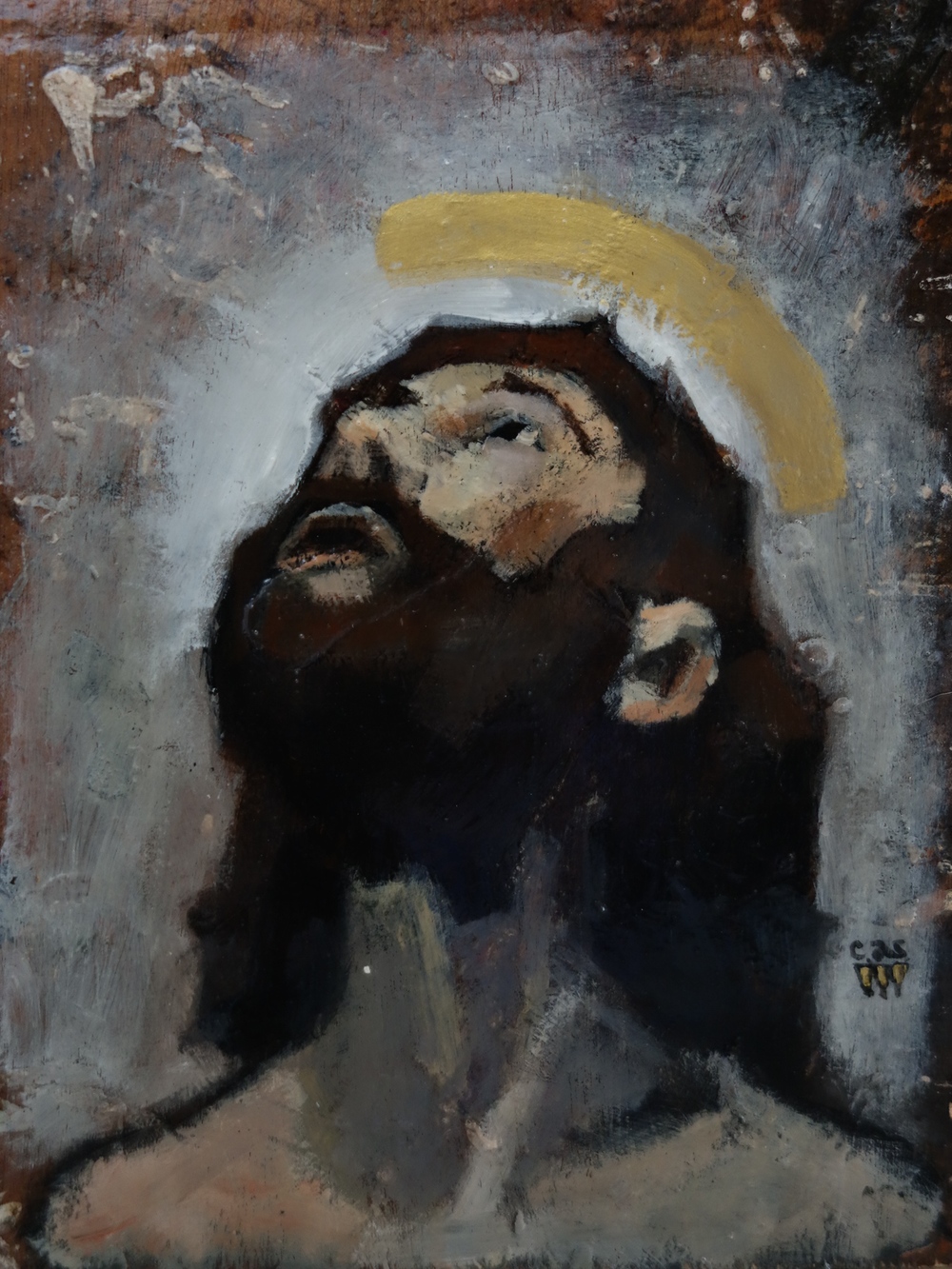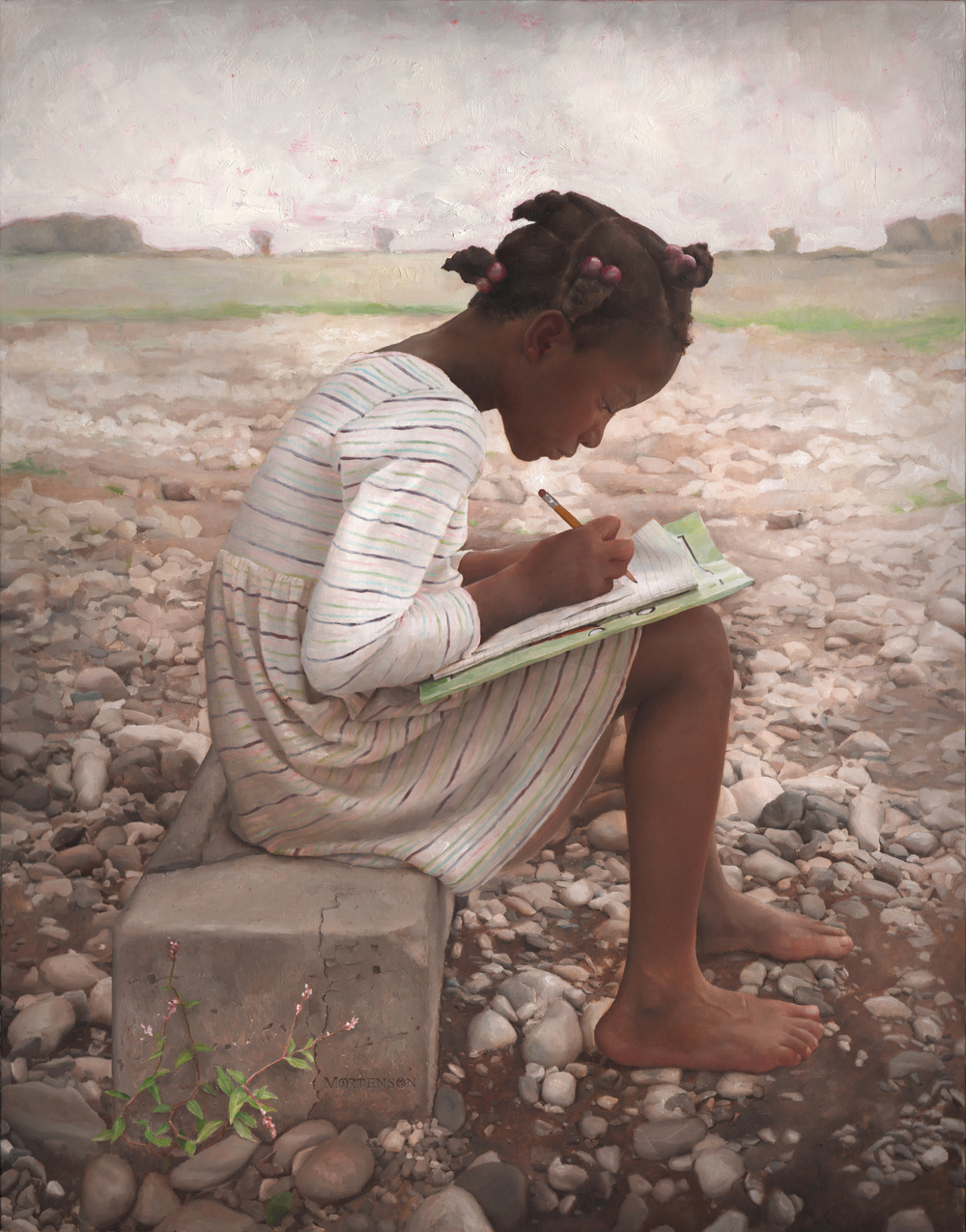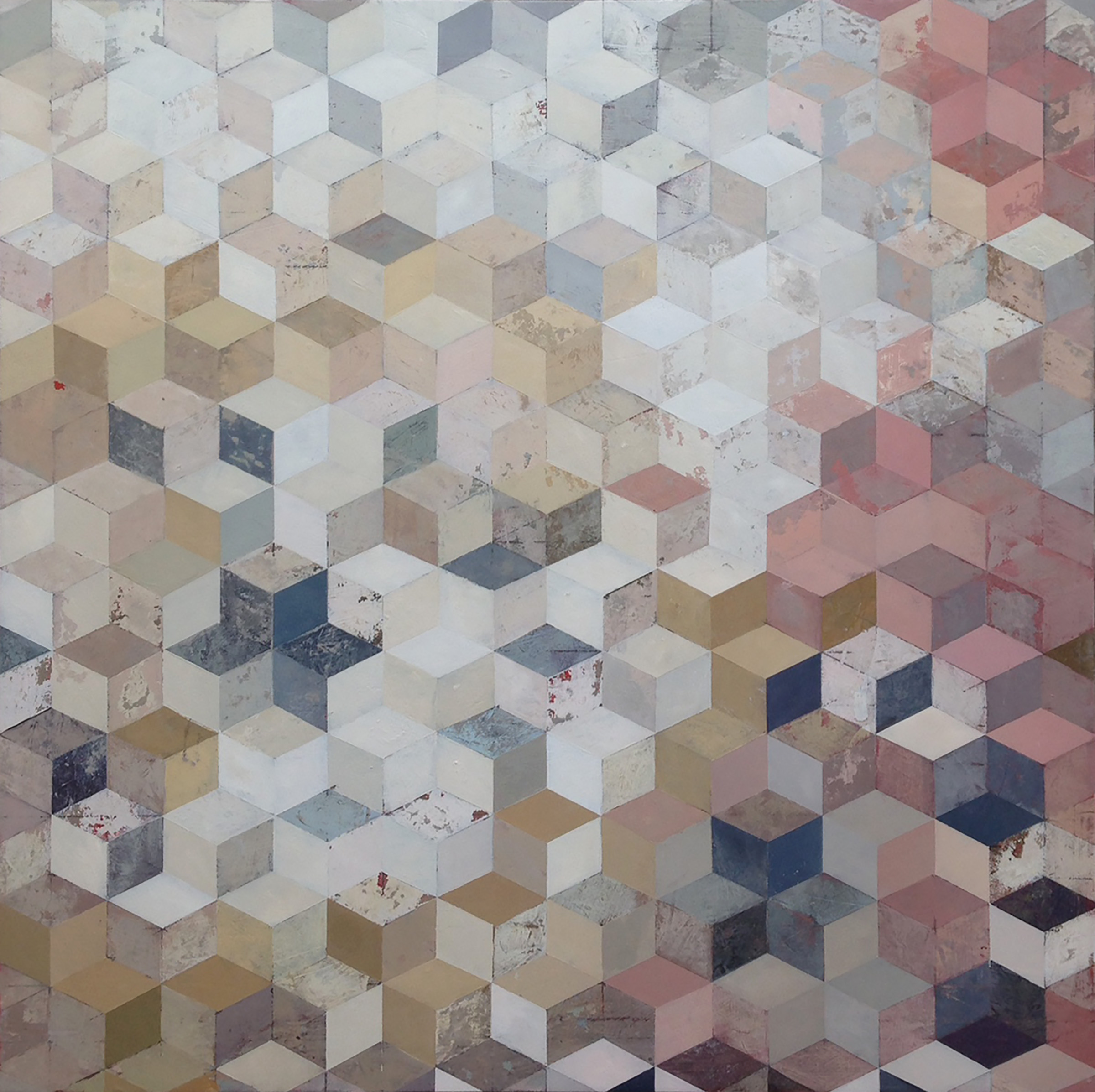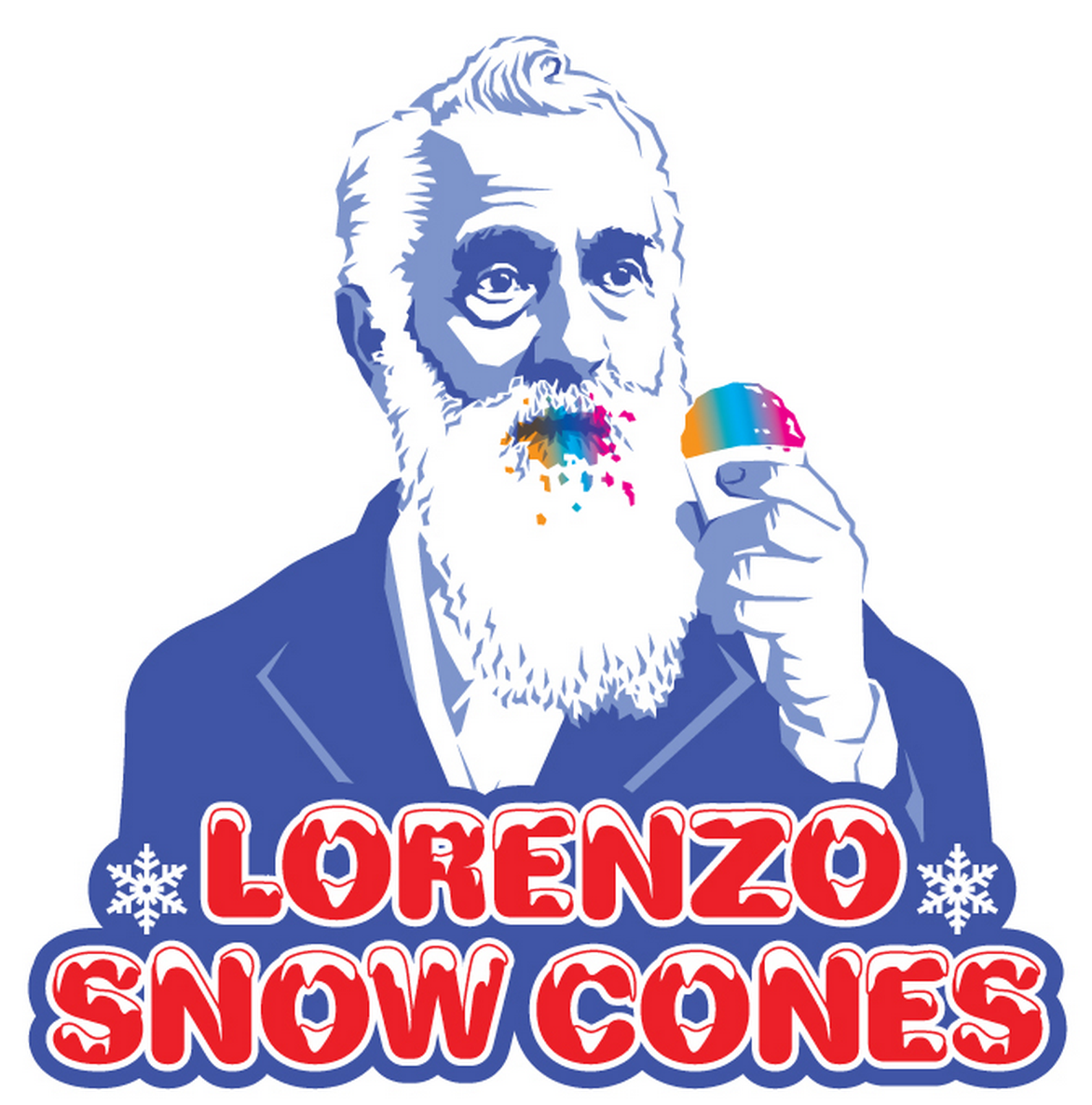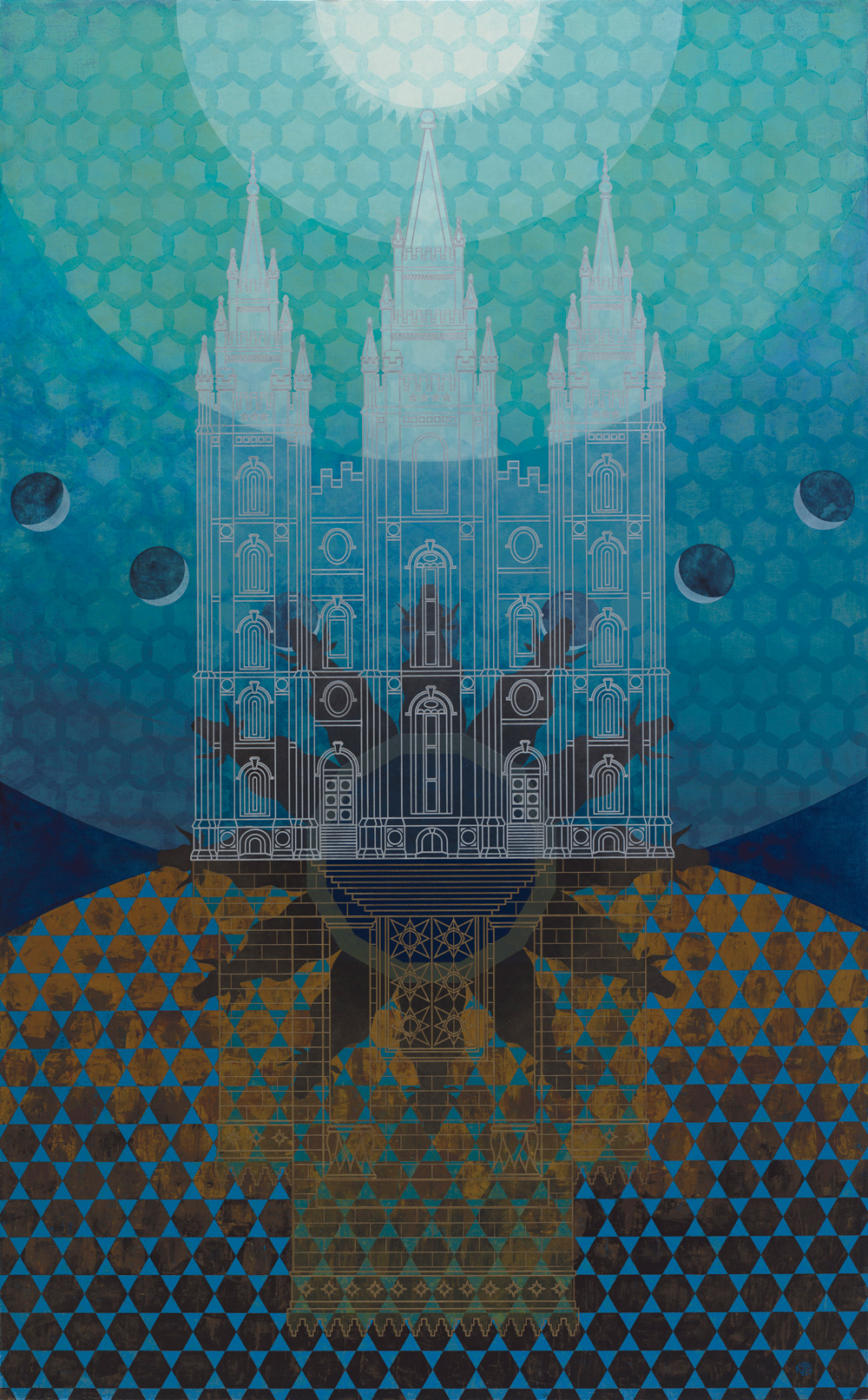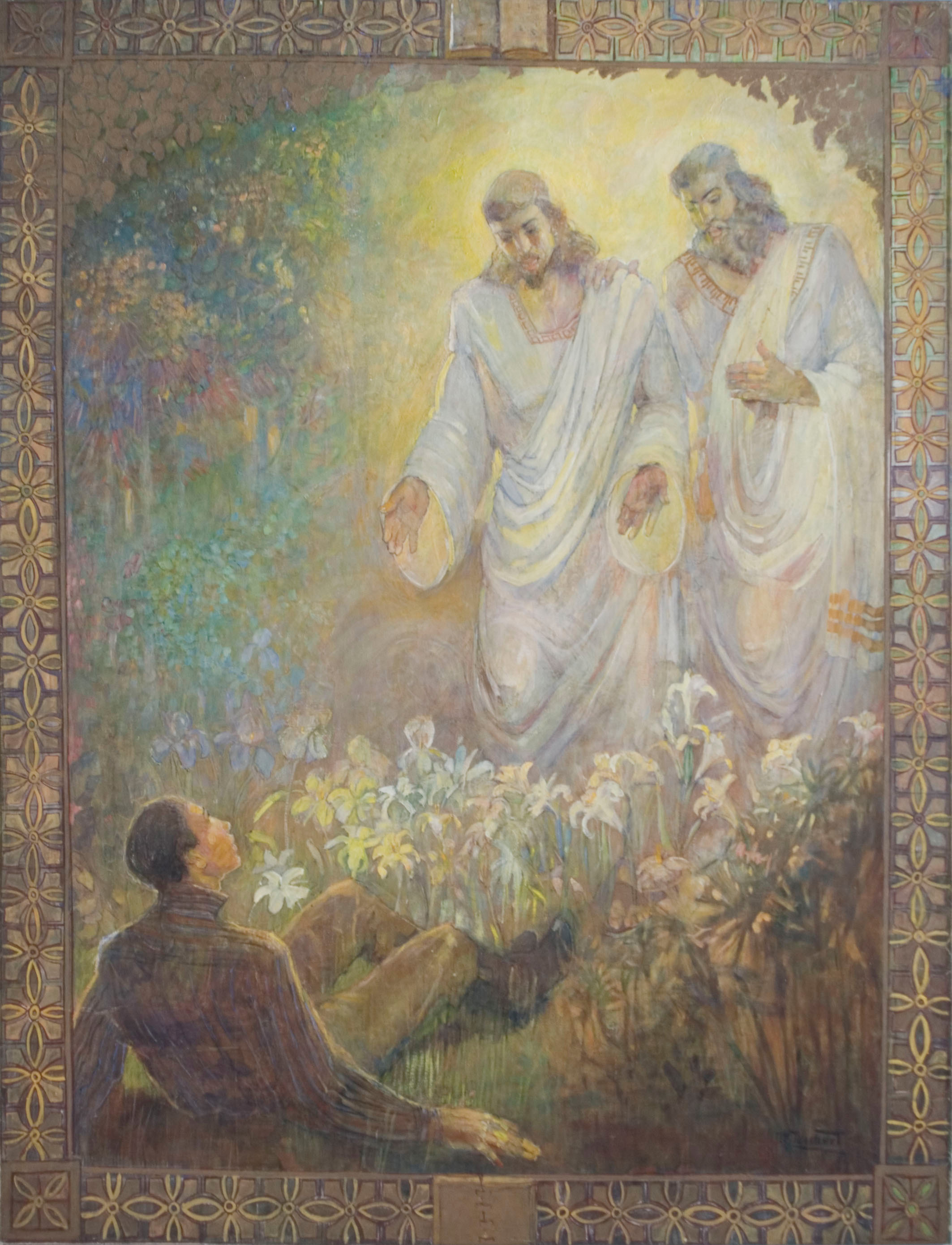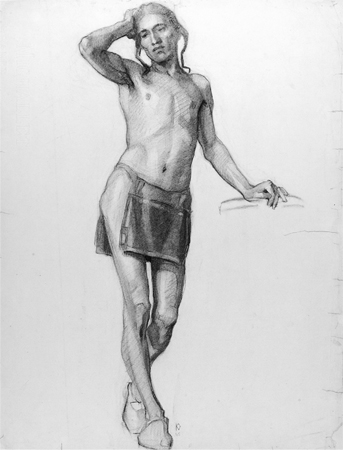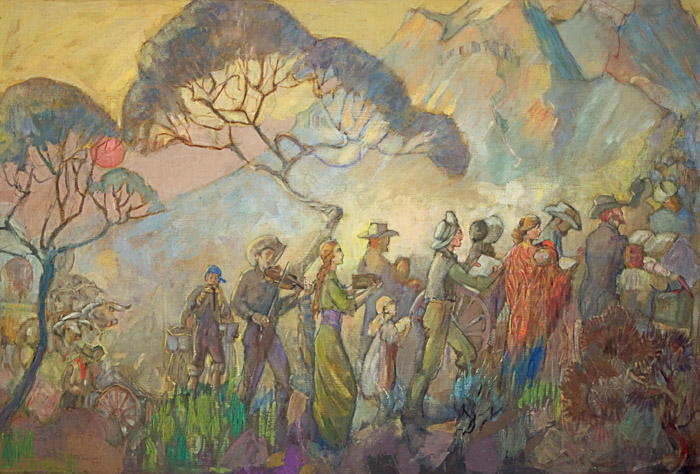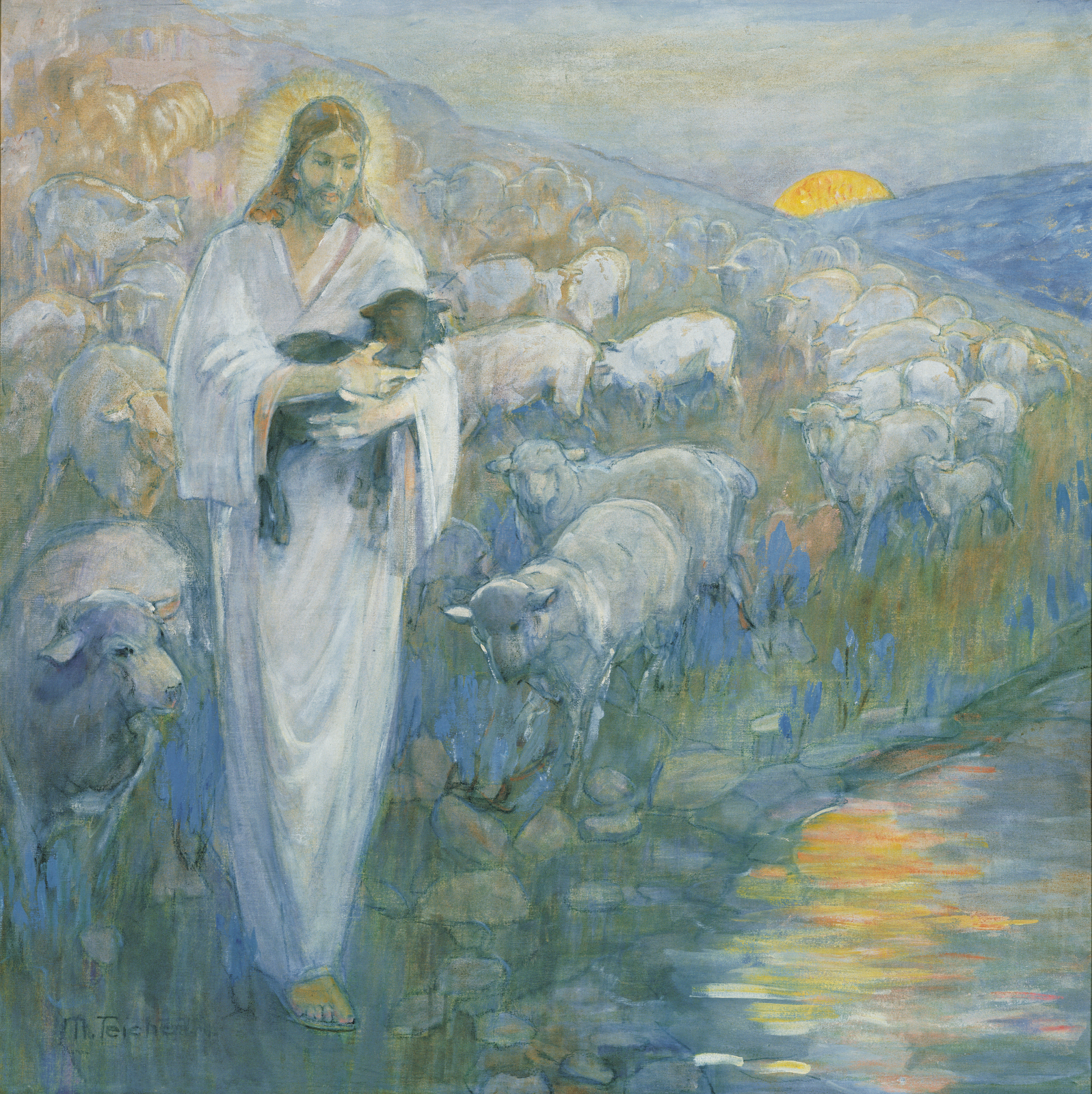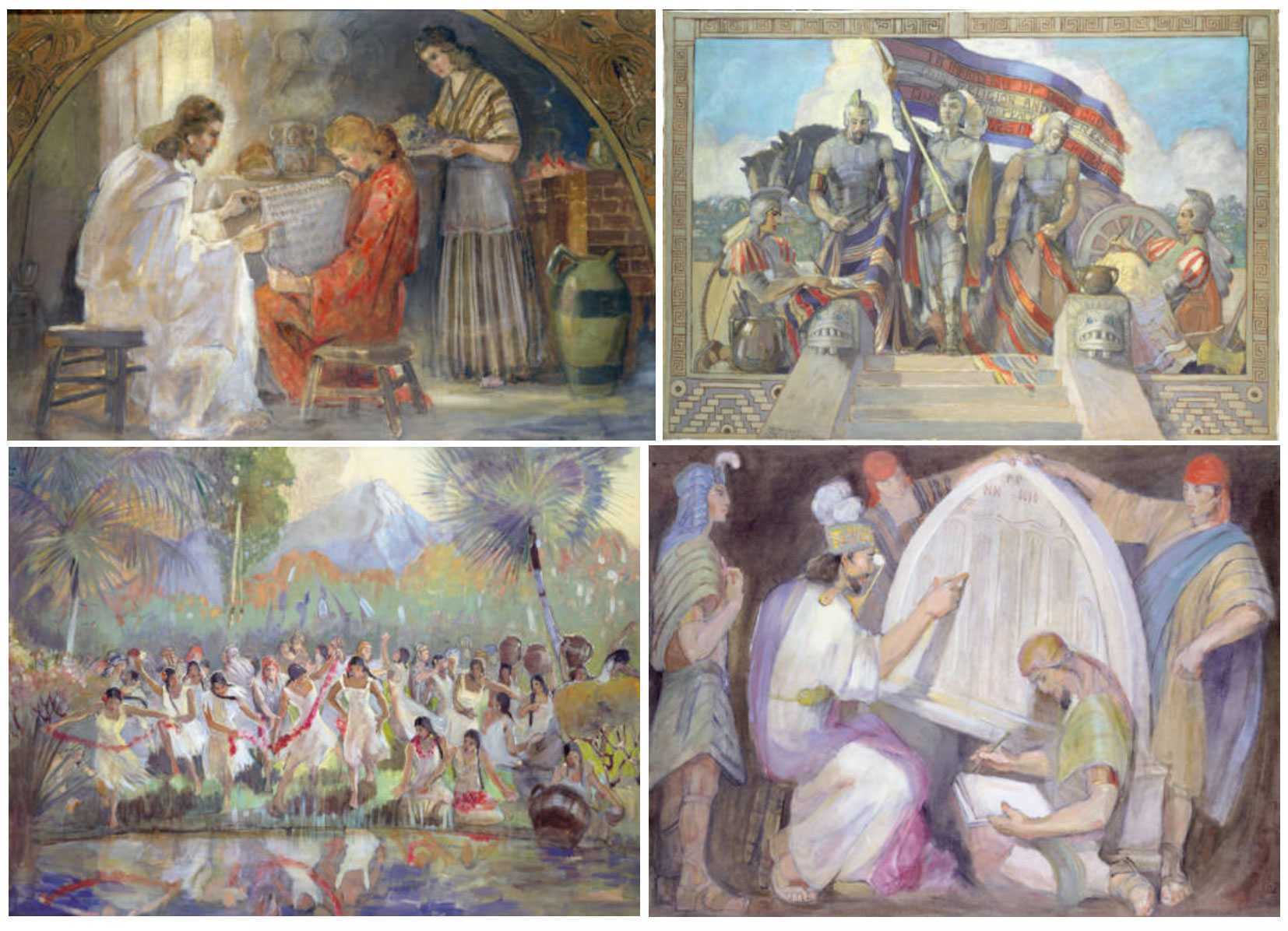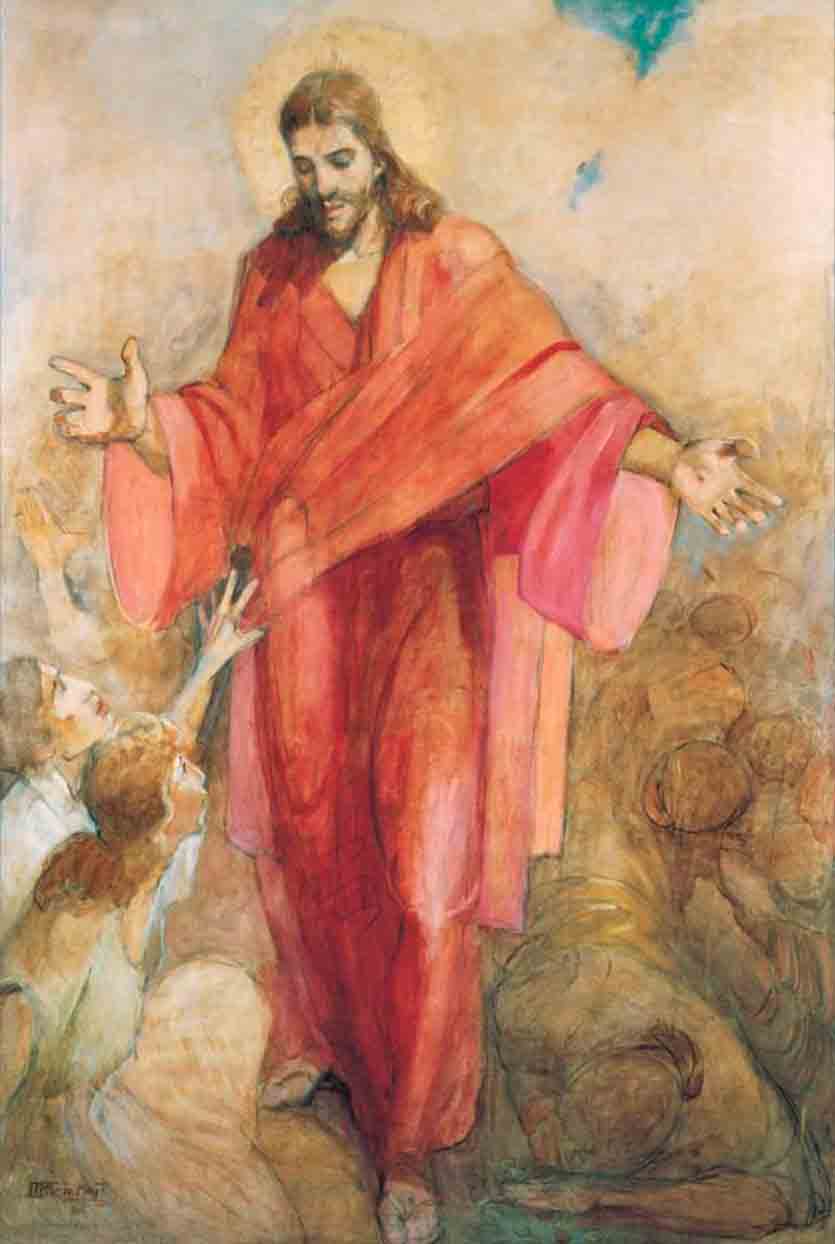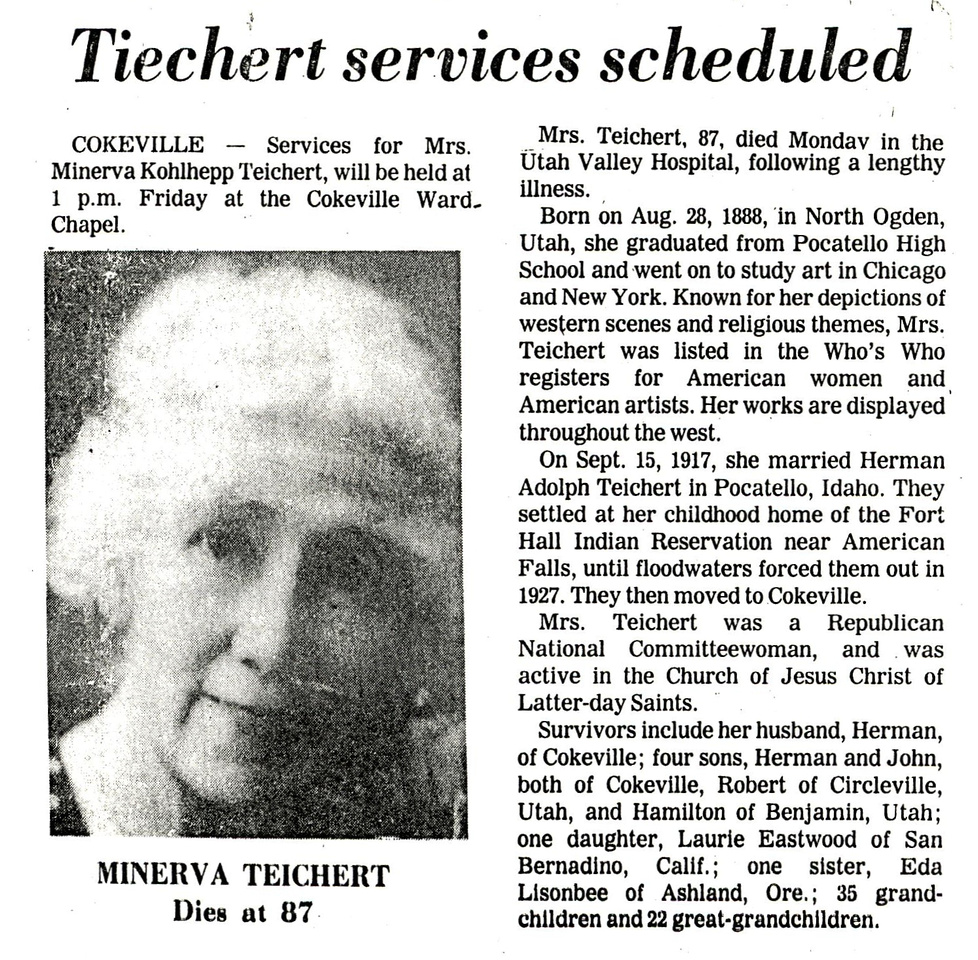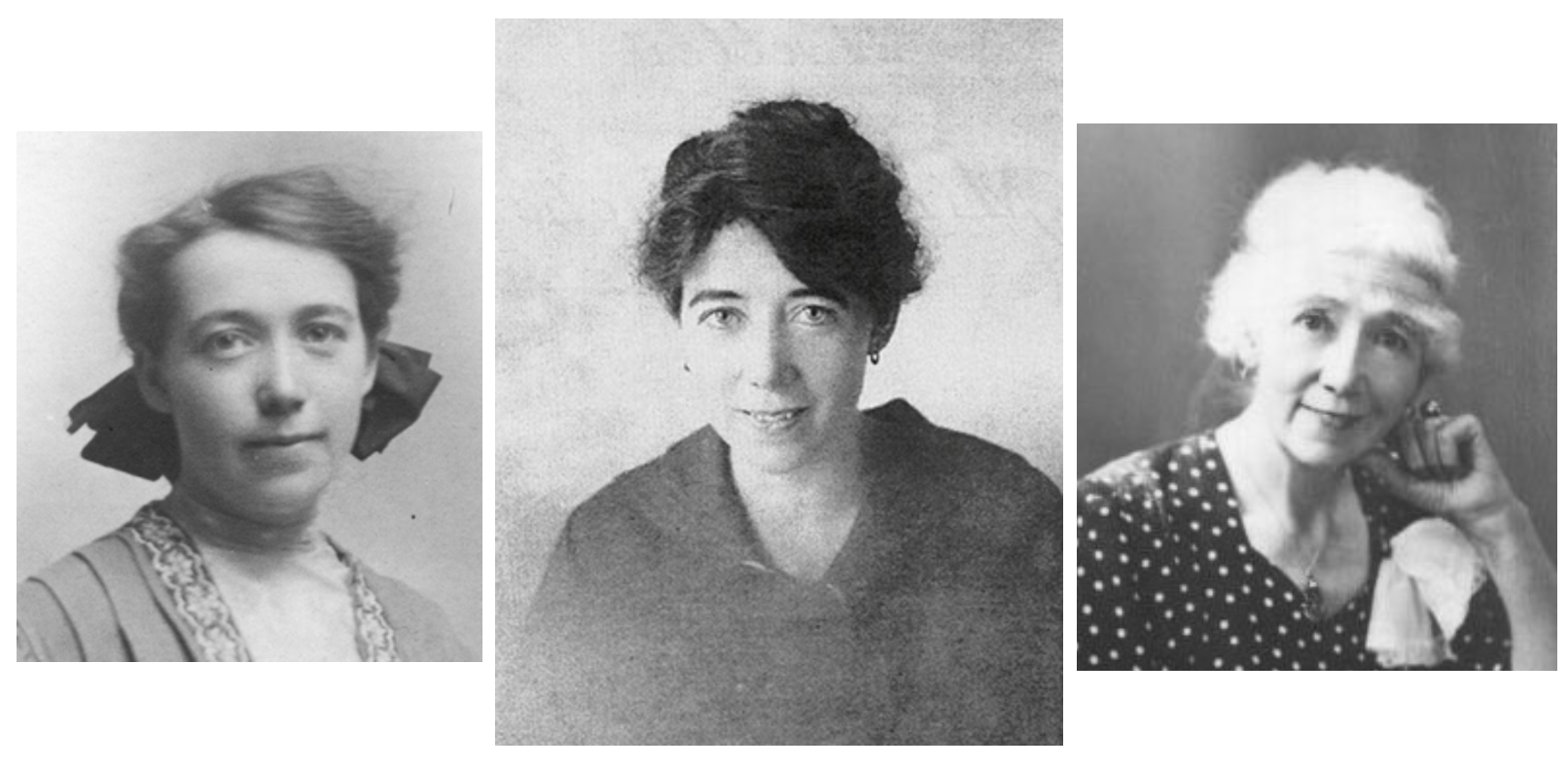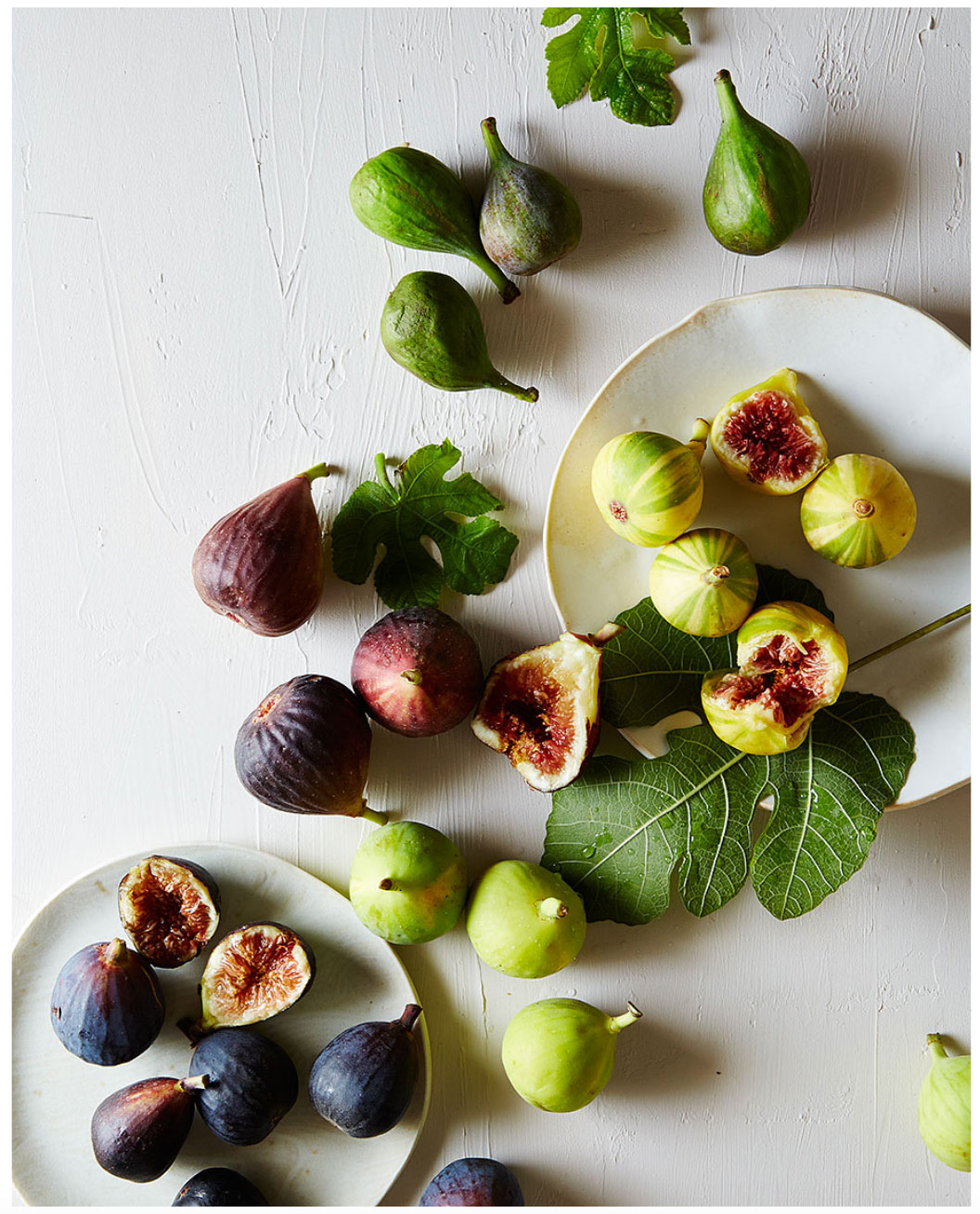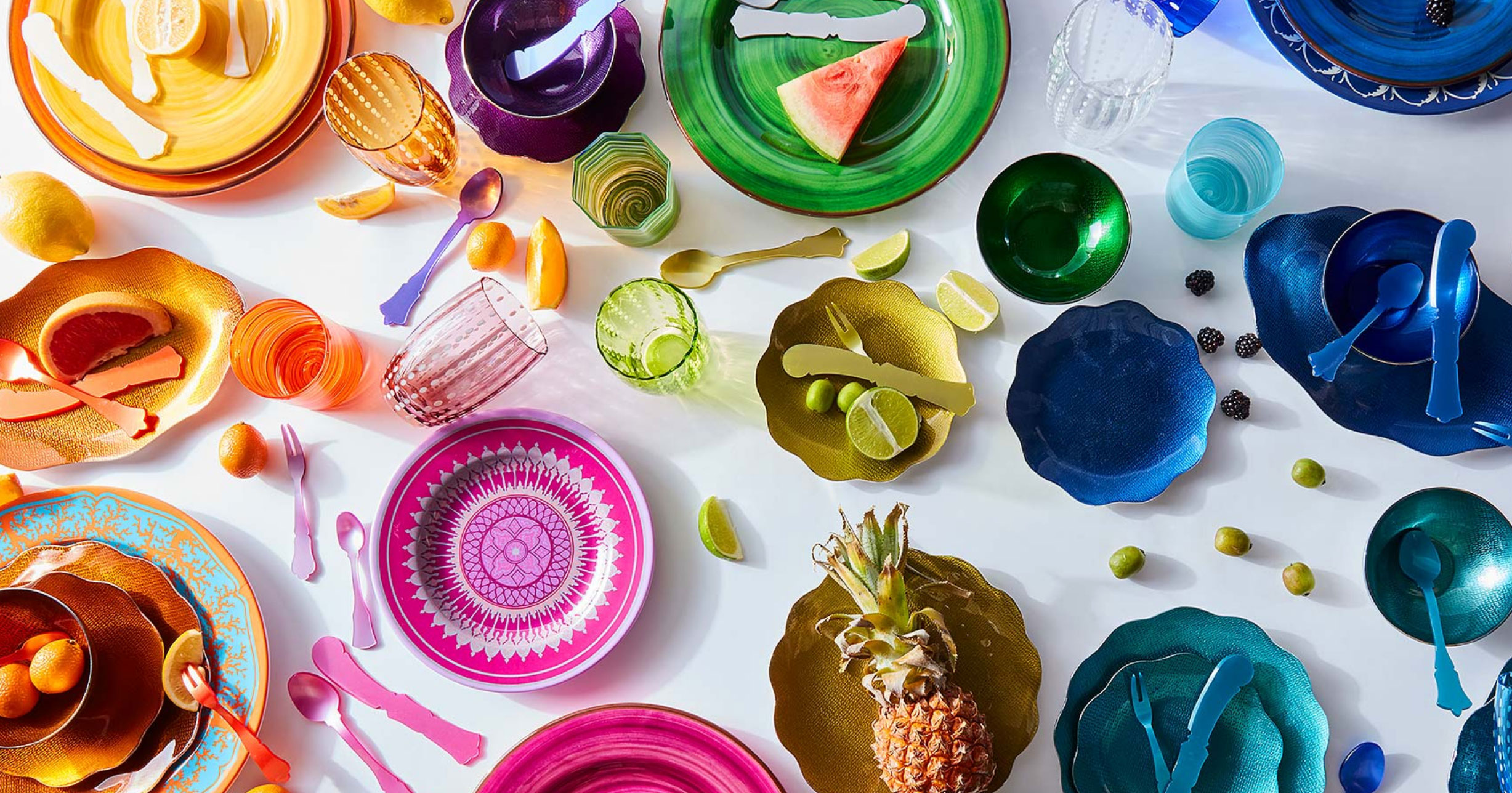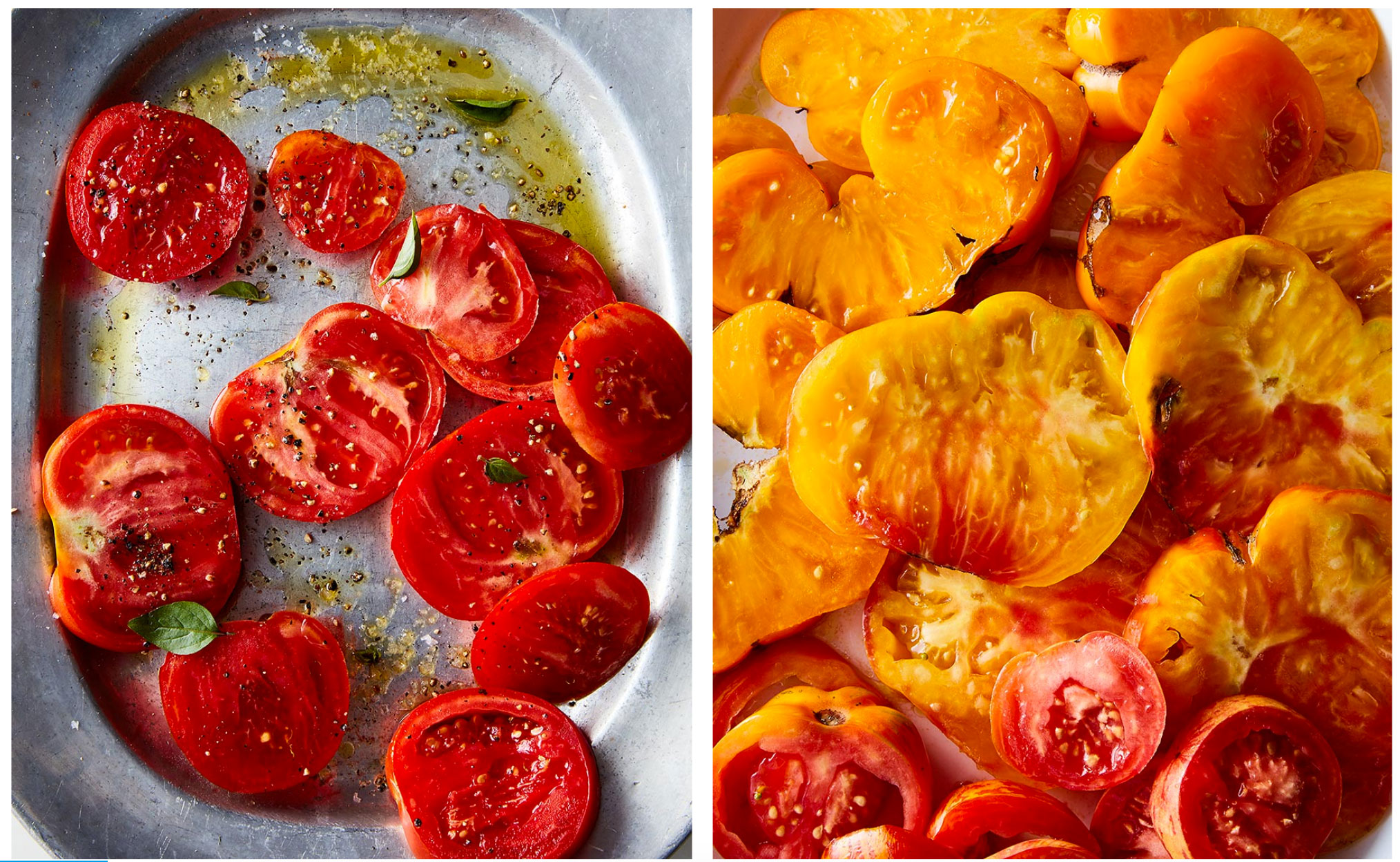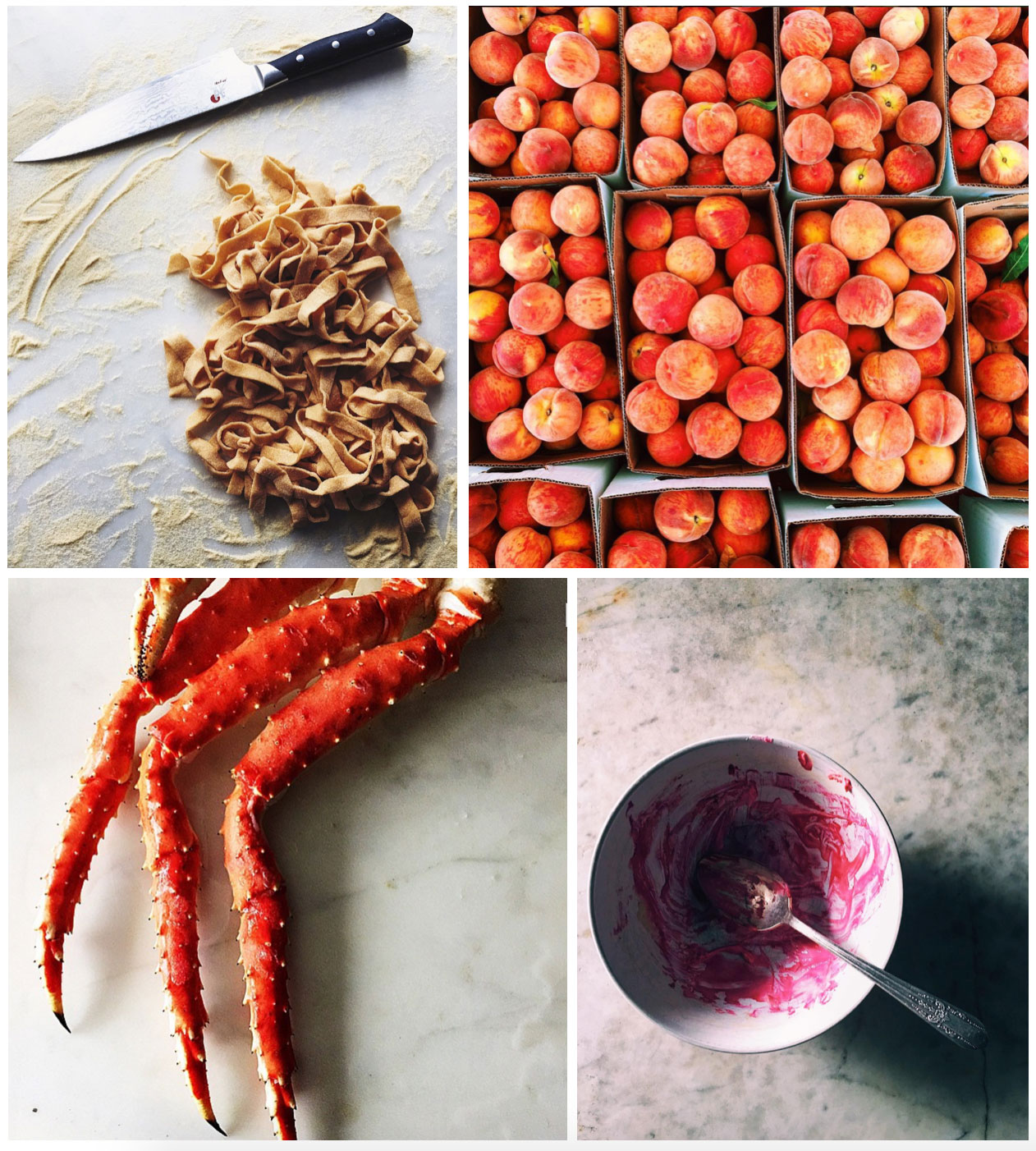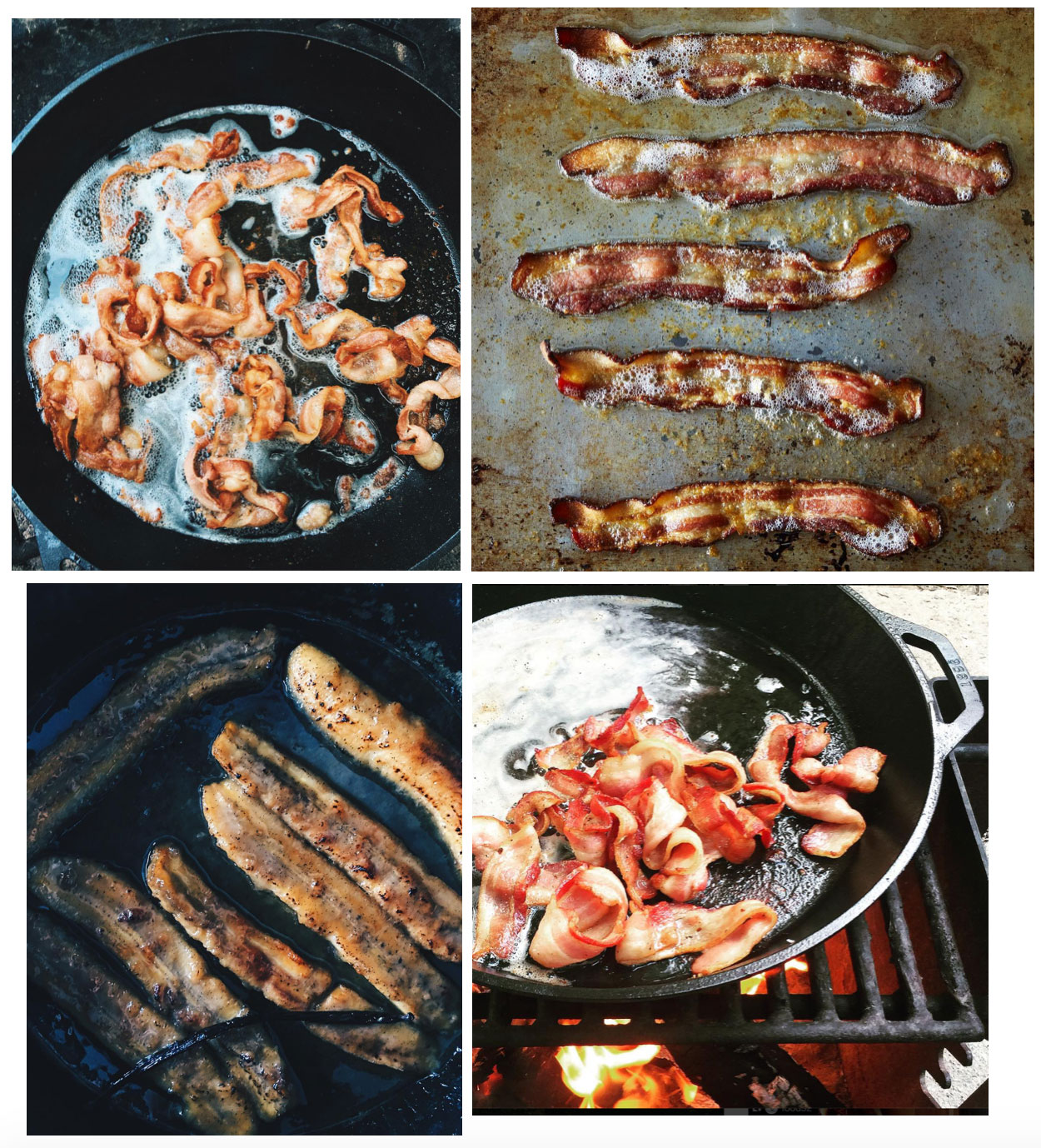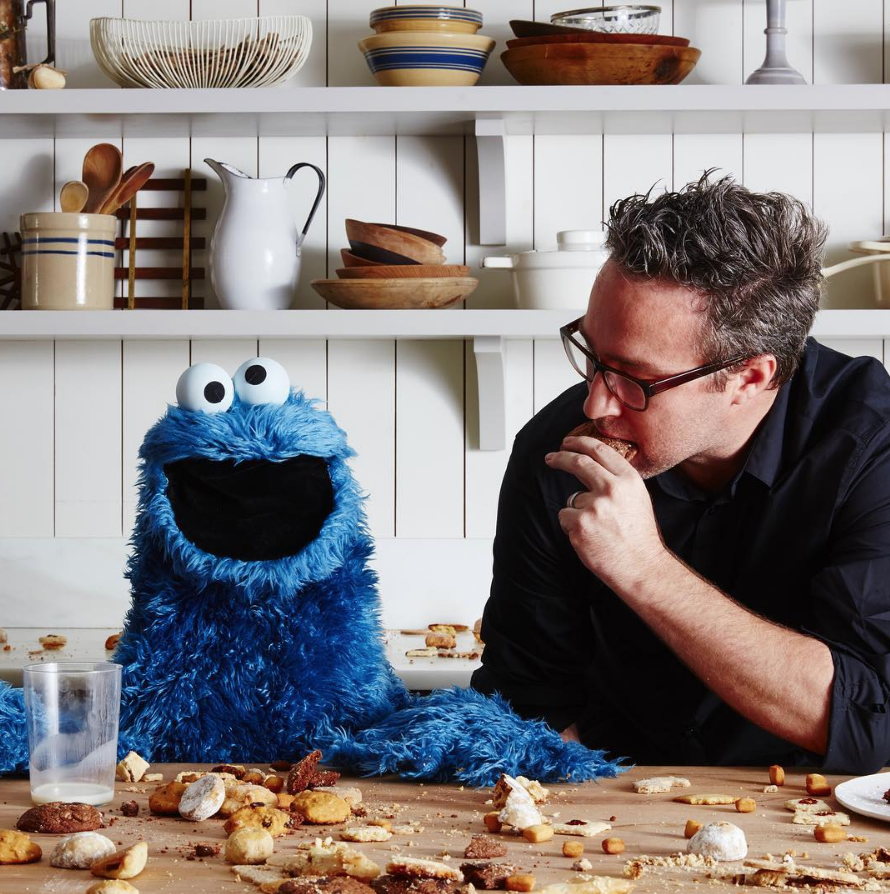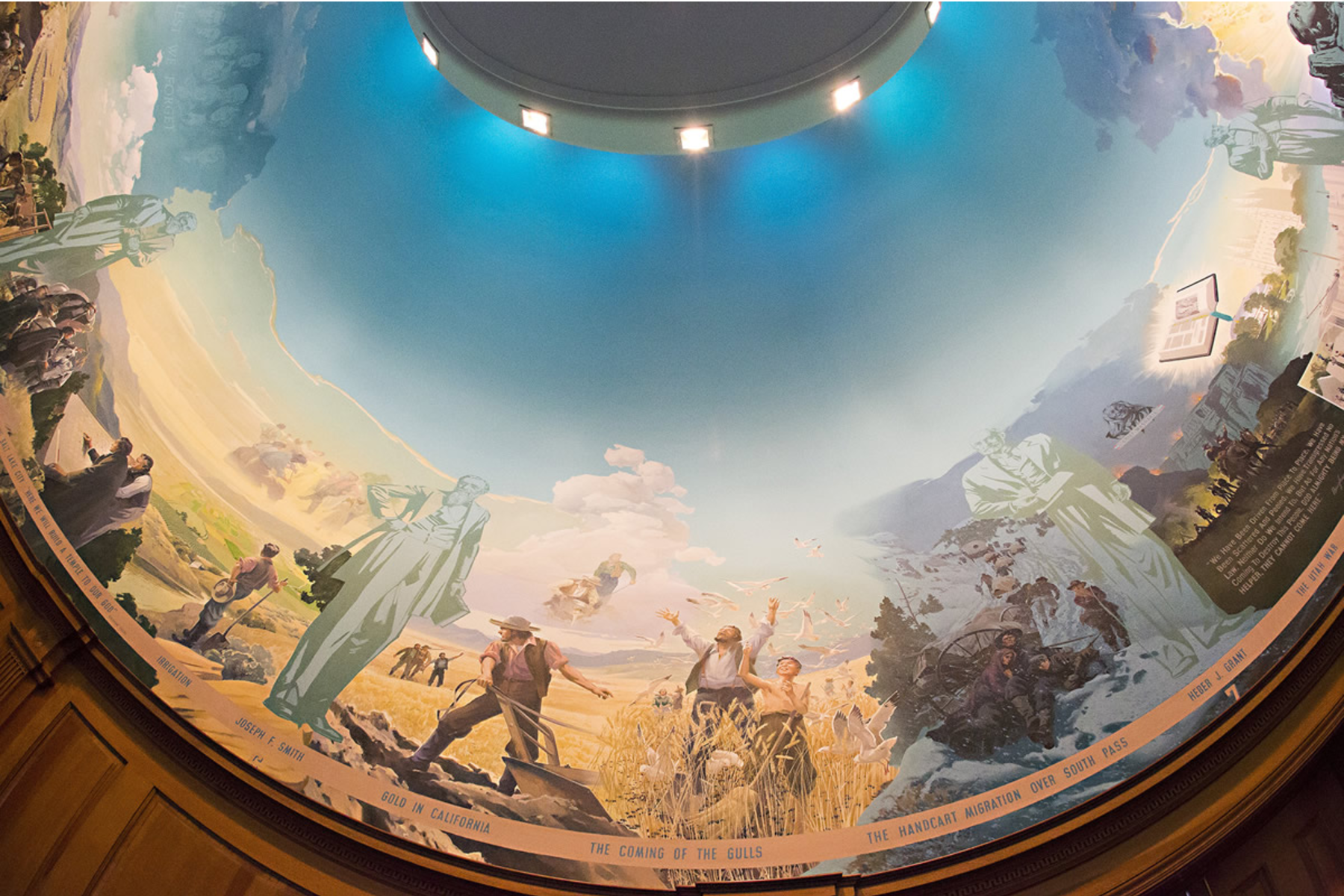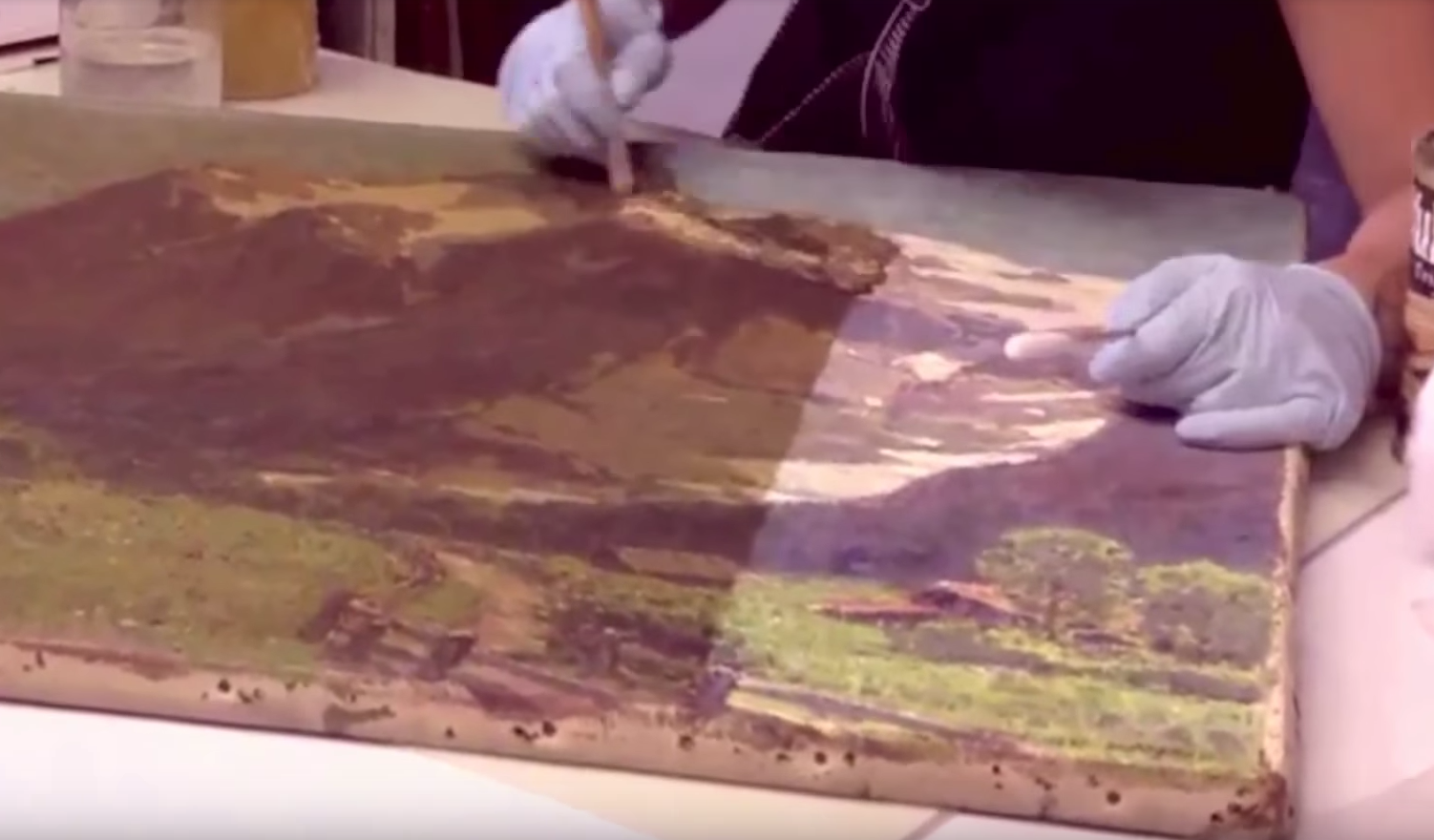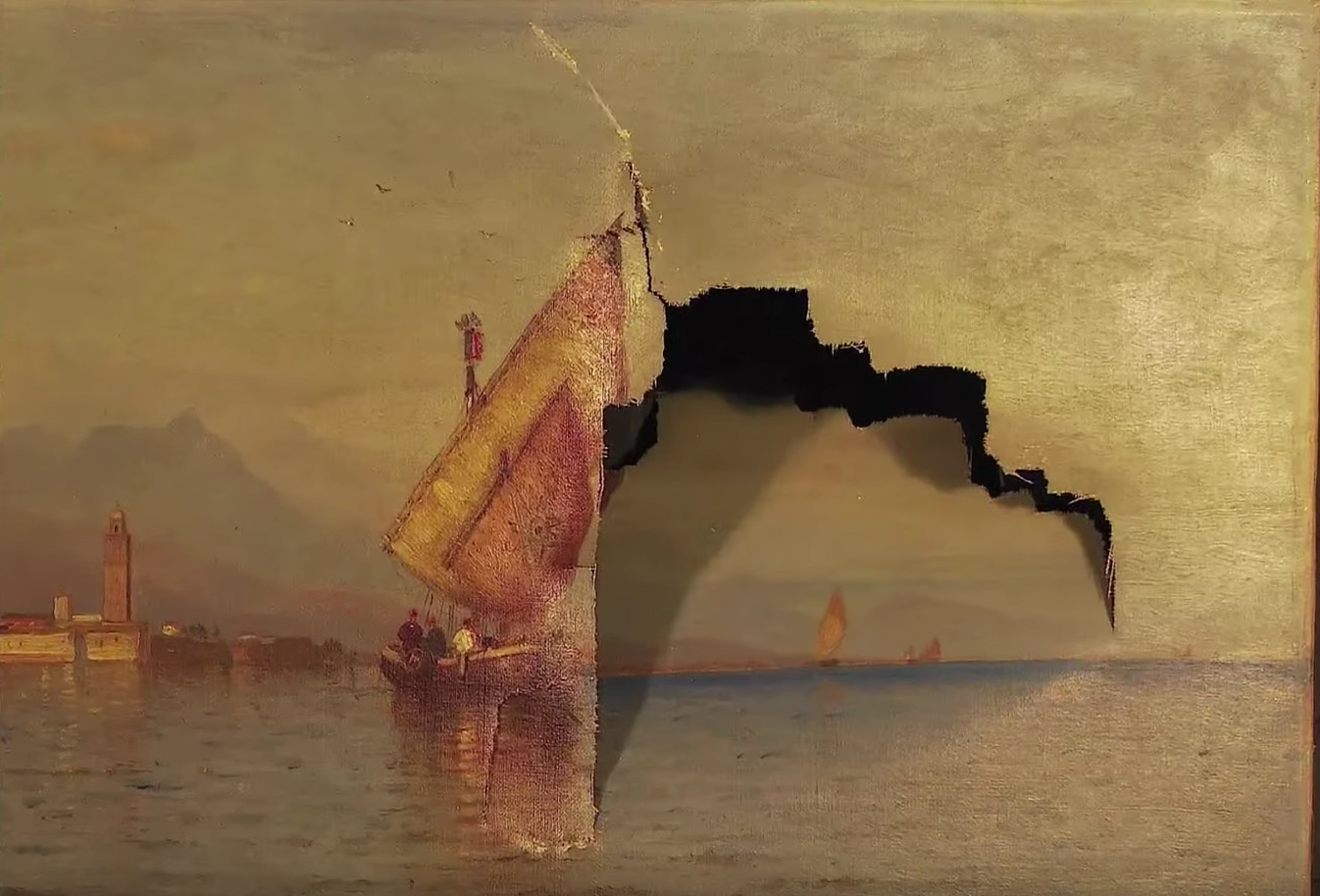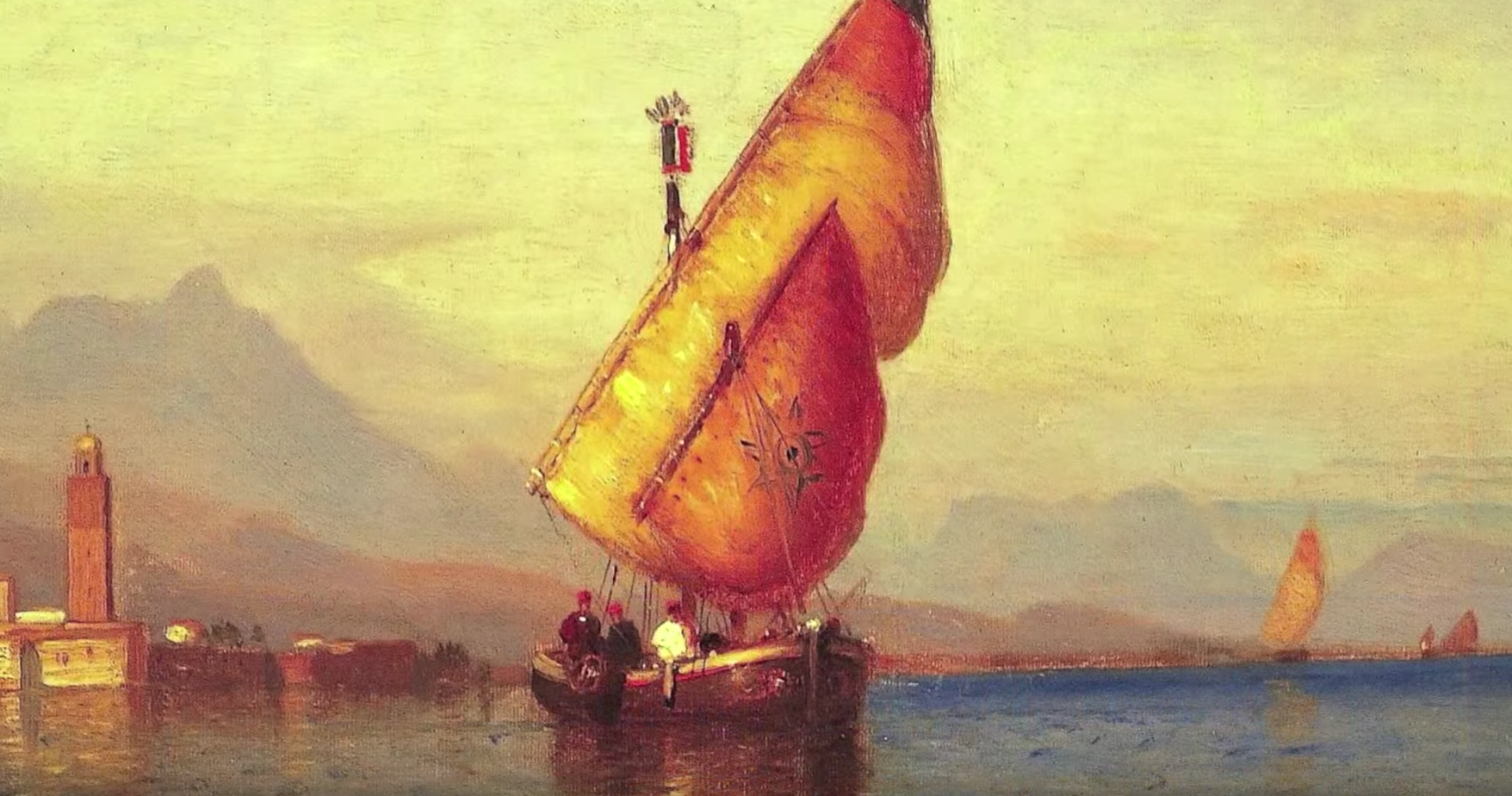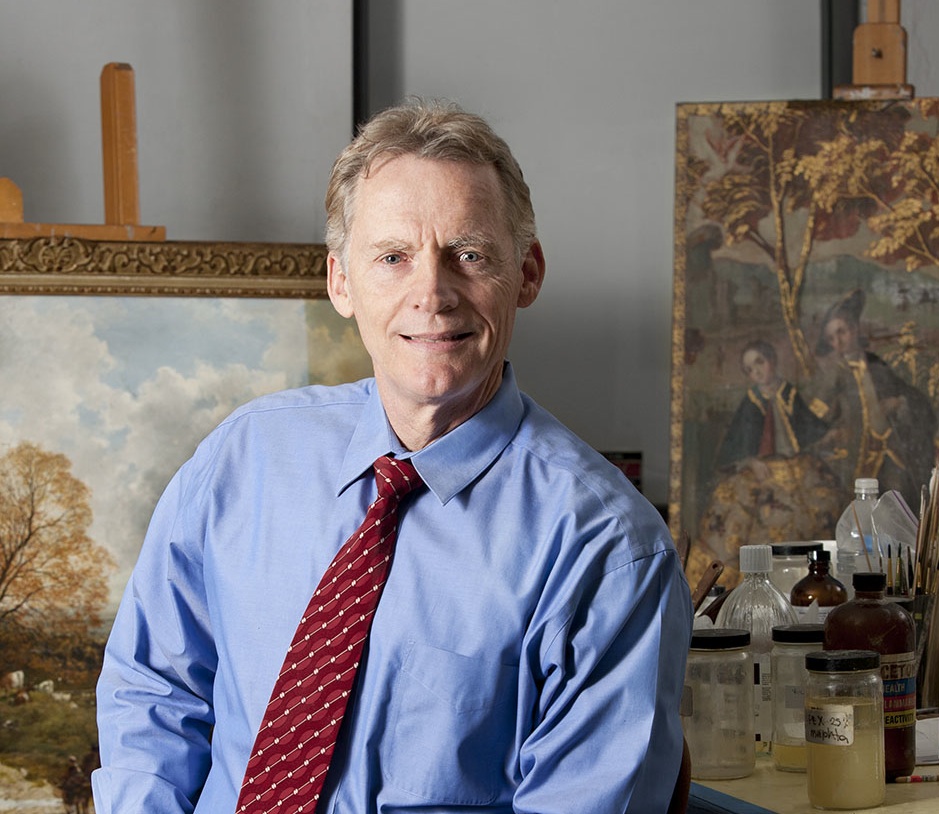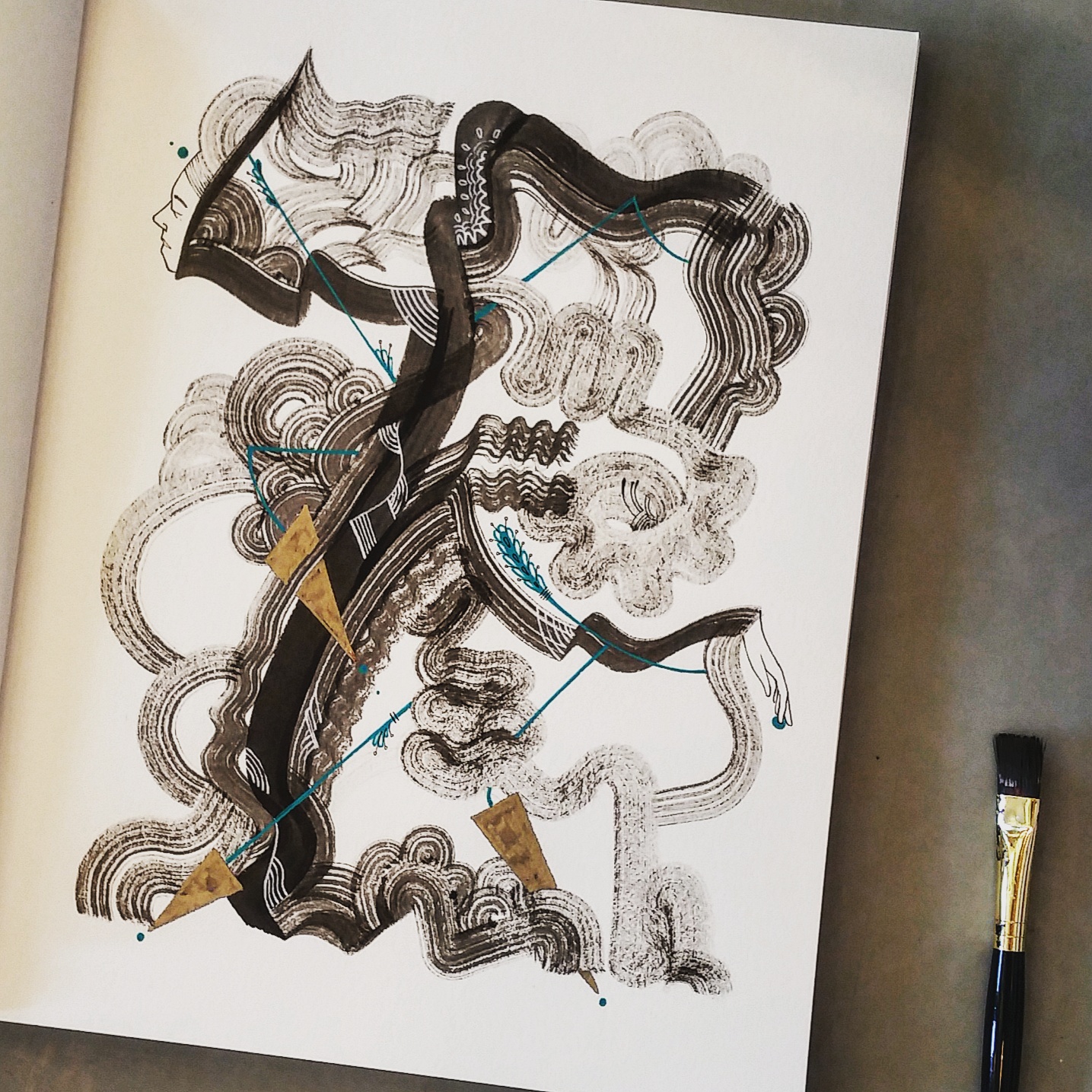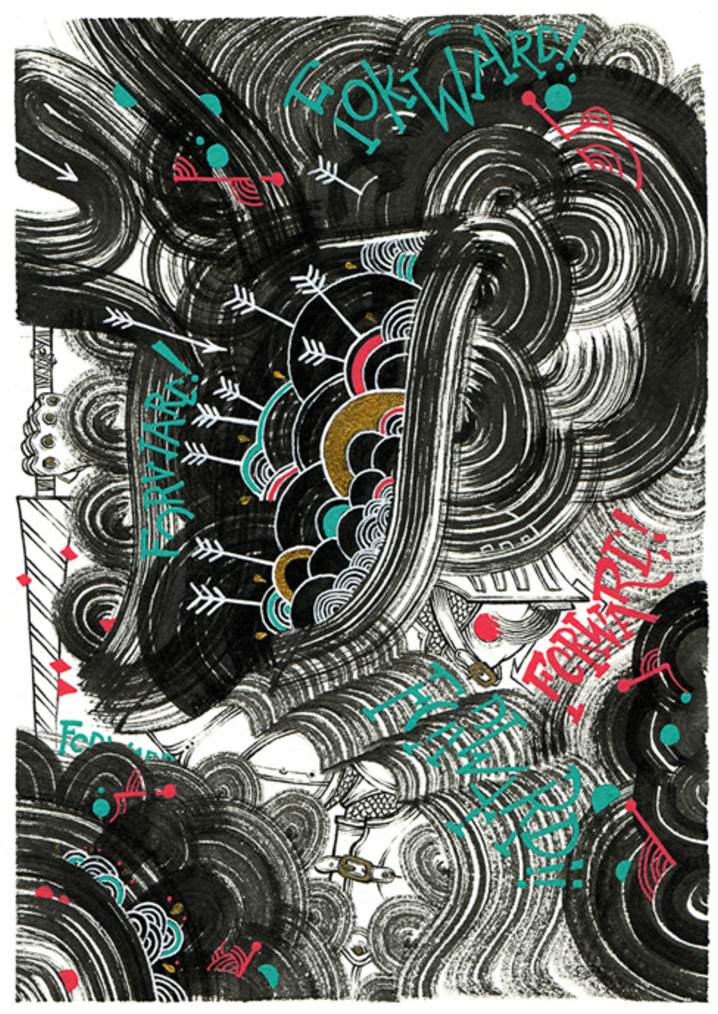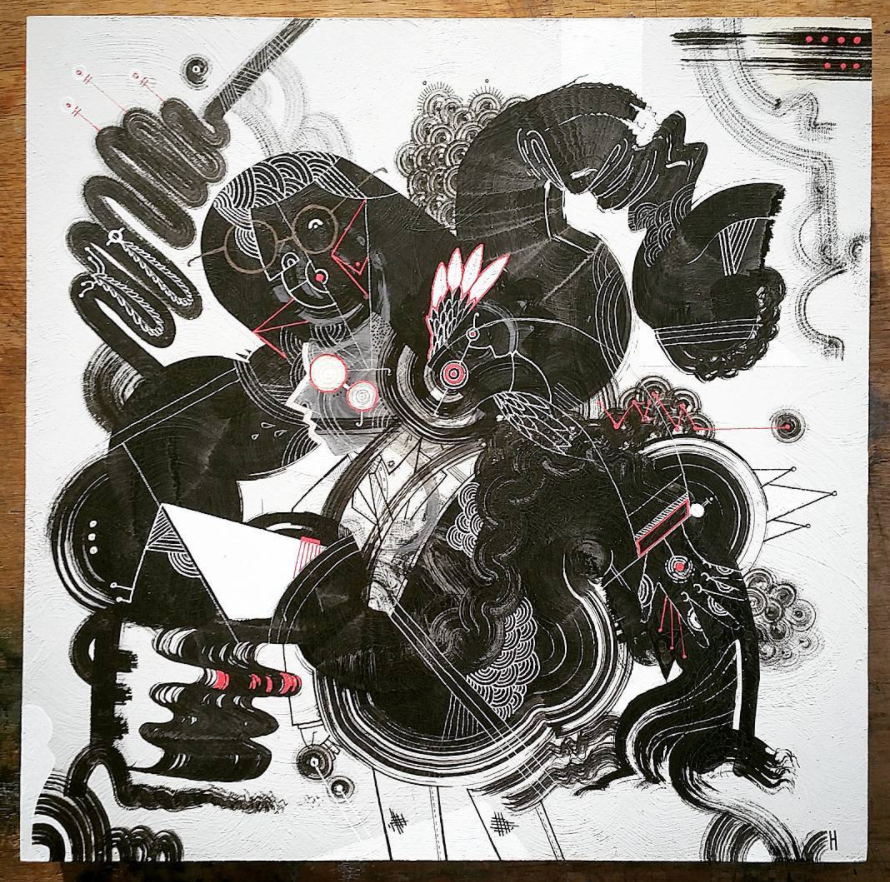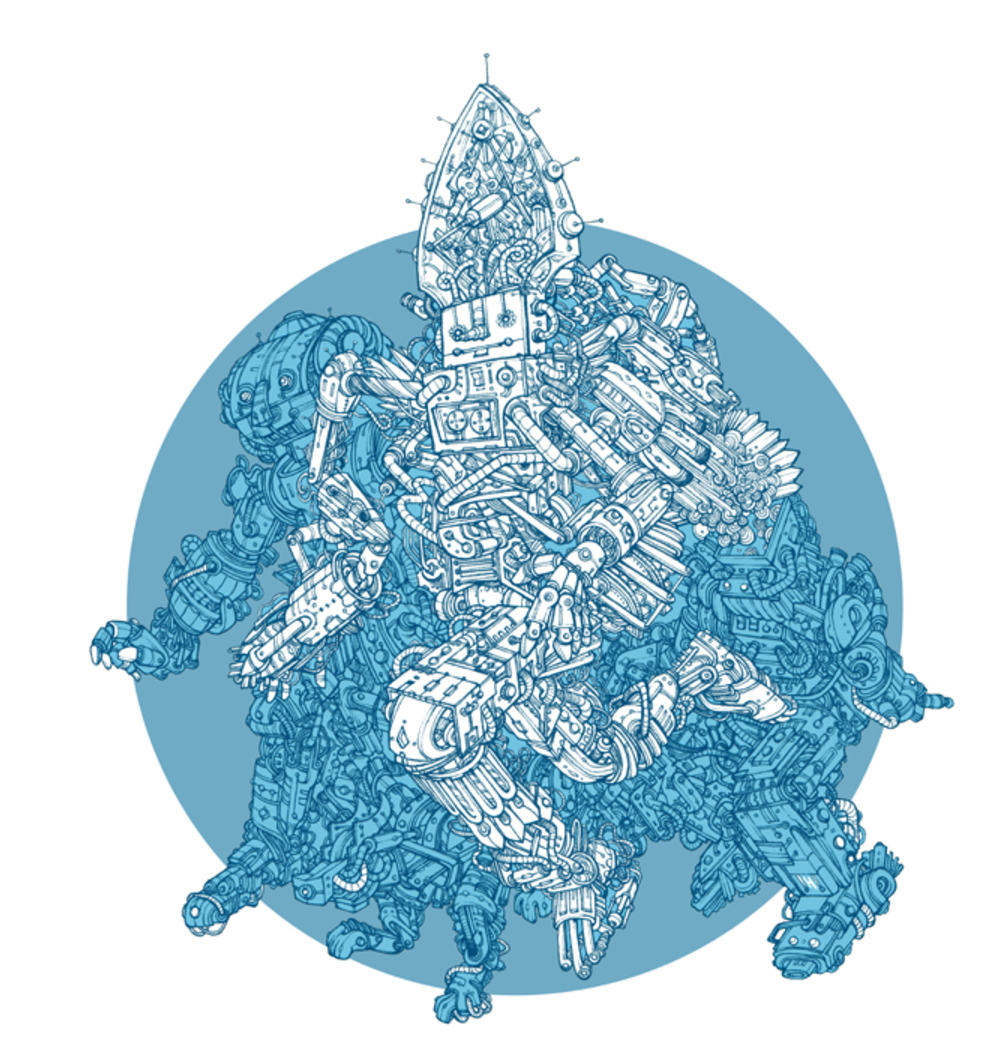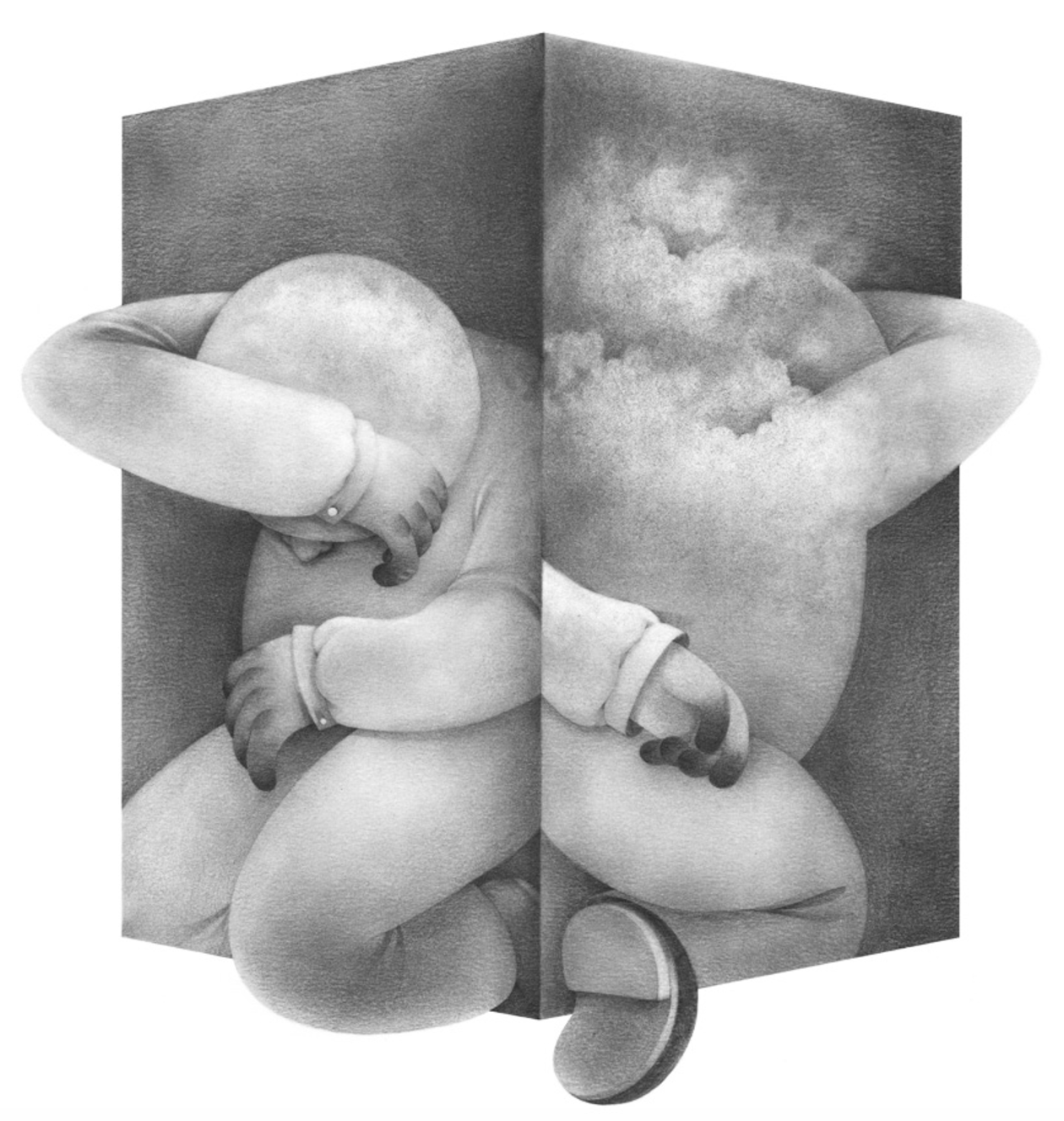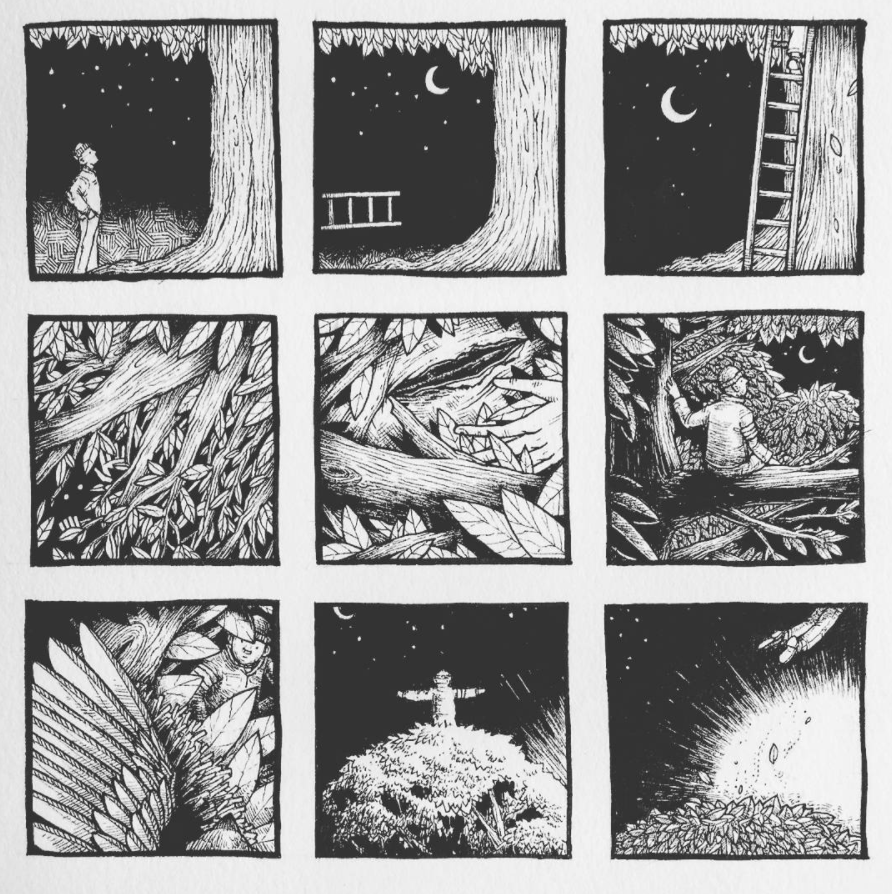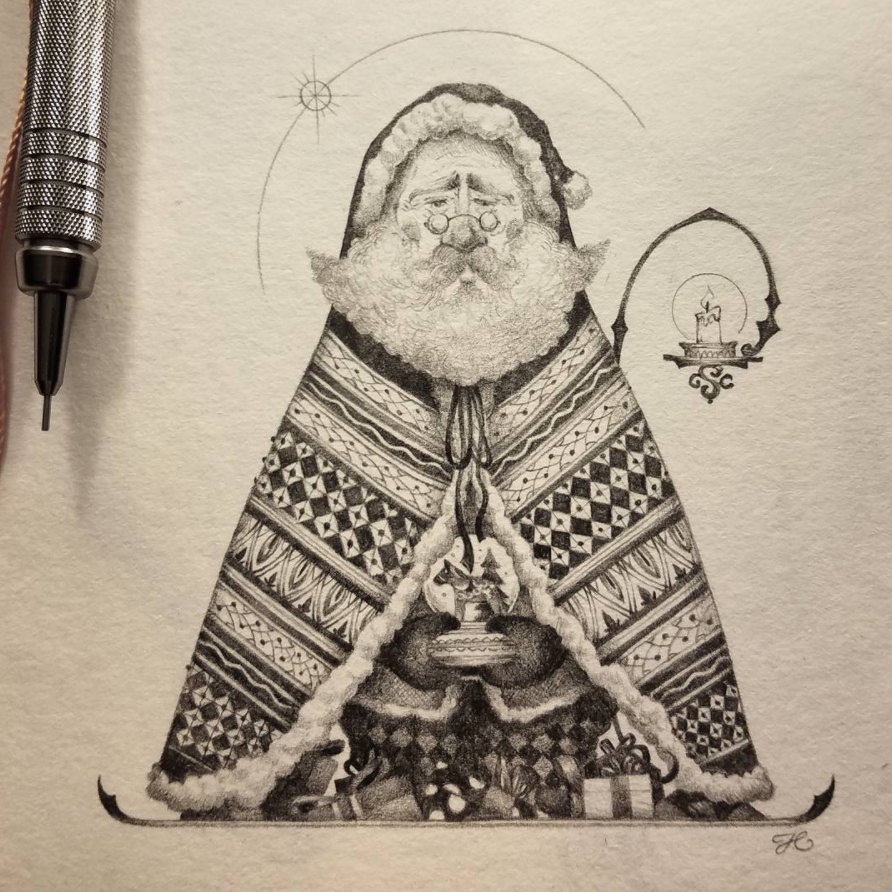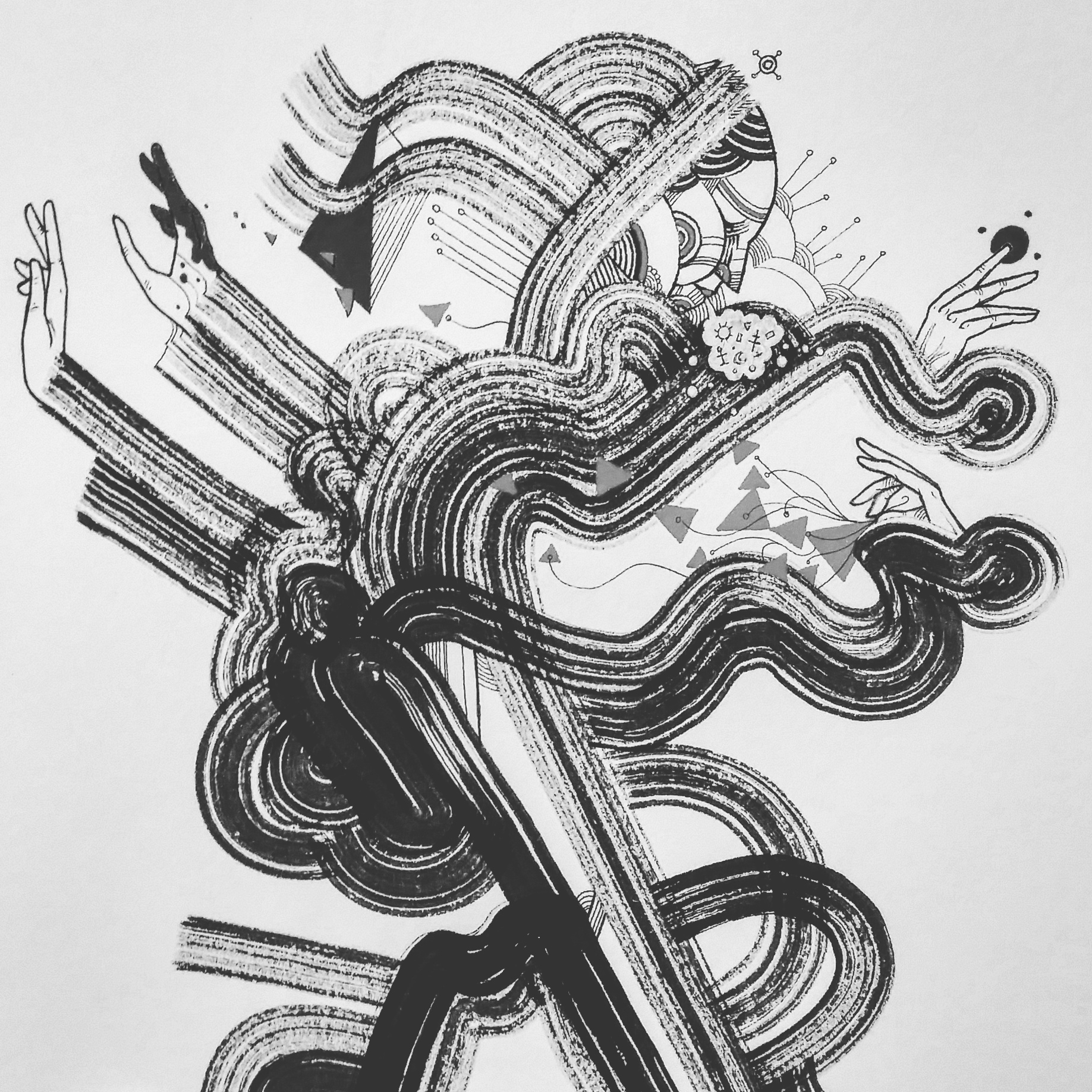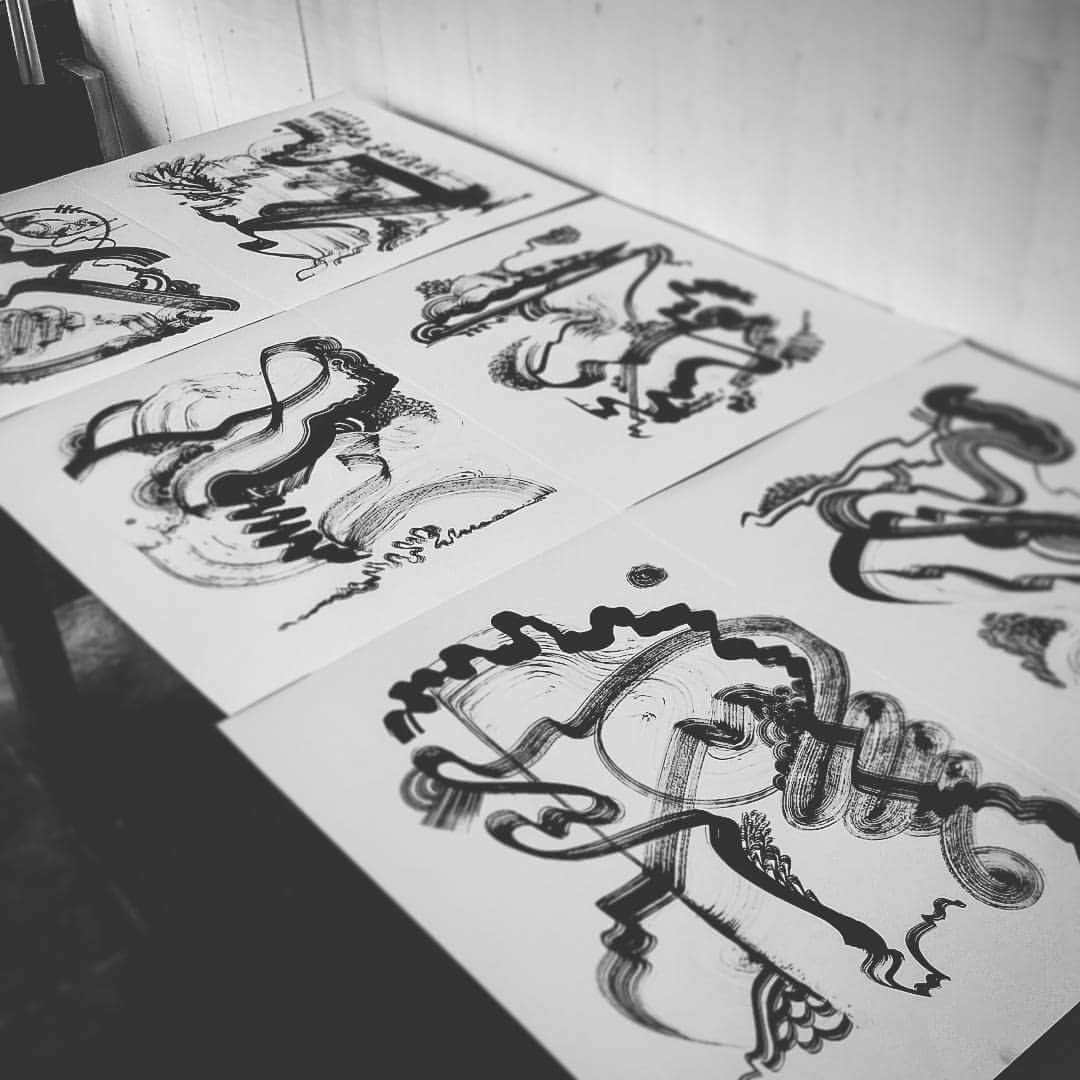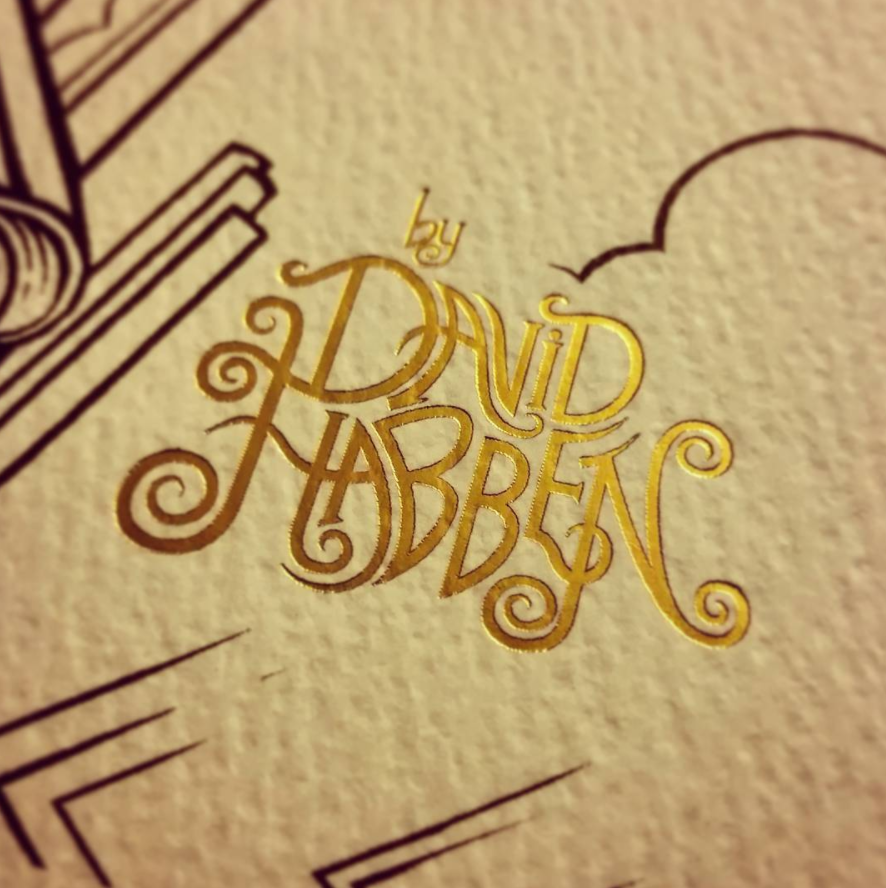Thank you to all of the fine artists–and fine people–who cooperated on this project we called The Krakens. Our goal was to highlight the fascinating work being done in so many different areas and connect more of the talented Latter-day Saint artists around the world. By those measures I am happy to report we were successful. Artists were hired for commissions, interviewed for publications, made real world connections, and just got to share their work to a new audience.
After 221 profiles and interviews we are calling it a wrap. I have learned so much about the careers, testimonies, and craft of each of these fine artists. I have seen so much good art, purchased pieces, and even tried to connect with many who feel alienated from the Church.
Art seems to be a discipline that brings people so close to the edge of their membership in the Church. Many are lost for being different, alternative, or subversive. My hope is that we can be more inclusive. We featured many artists who were gay, had left the church, or perhaps just kicked against the pricks. One artist insisted, ‘But I’m not Mormon anymore.’ I told her, ‘My only qualifier to being on this website is if you know Johnny Lingo.’ She replied, ‘Well, of course I know Johnny Lingo so I guess I’m in.’
Sometimes art makes us uncomfortable, but sometimes it opens our eyes to see something new.
So many of the artists talked about how their testimonies were so closely related to their art. One of my favorite quotes from all these interviews came from Colby Sanford talking about his use of reclaimed materials in his work, “There is a deeper meaning that has me searching for found materials all the time. I take the abandoned garbage, spend time with it, polish it up, and give it life and value. I get emotional thinking about the atonement and what it does for us in our various states of garbage and despair. Through the atonement we can be polished back up and find our innate worth.”
Art has an indescribable way of connecting us with the spiritual plane. May we each find our innate worth and come one step closer to the people we want to be.
We will leave the archive online going forward for anyone who would like to revisit the talented painters, illustrators, sculptors, photographers, and other artists. Here are a few of the pieces and artists who really resonated with me over the past two years.
Paige Crosland Anderson (above).
Huzzah!
